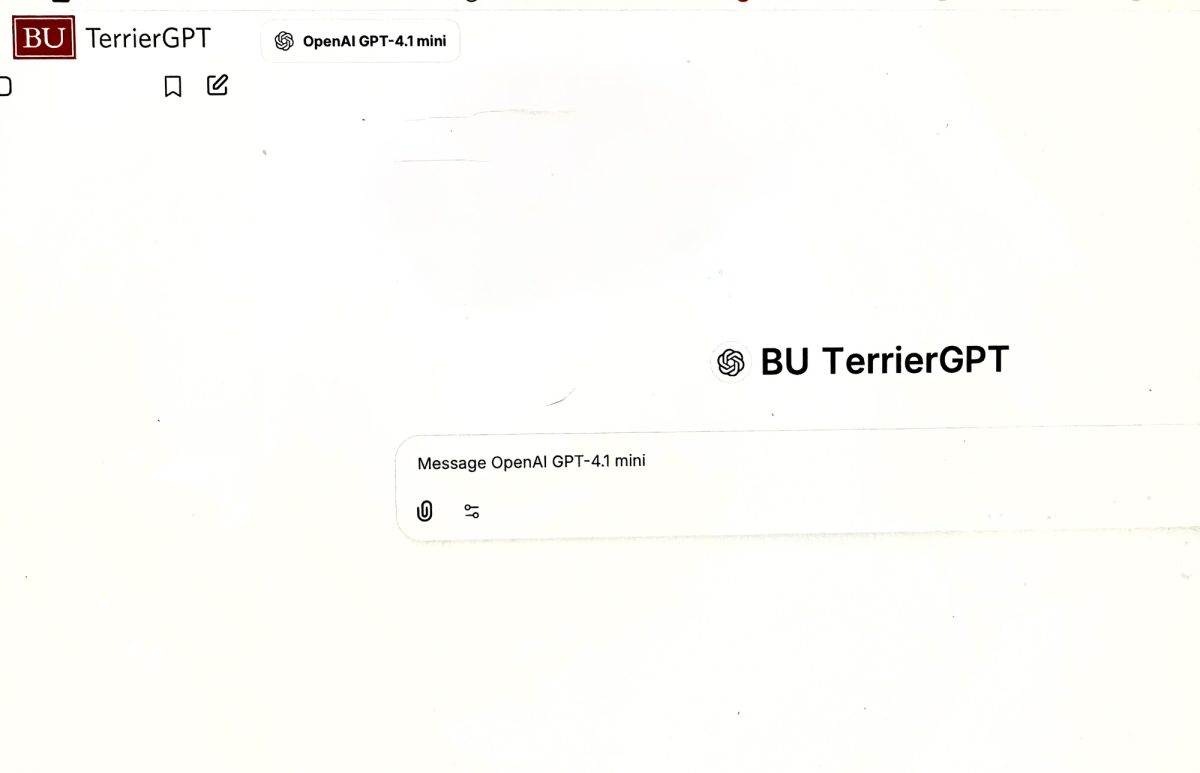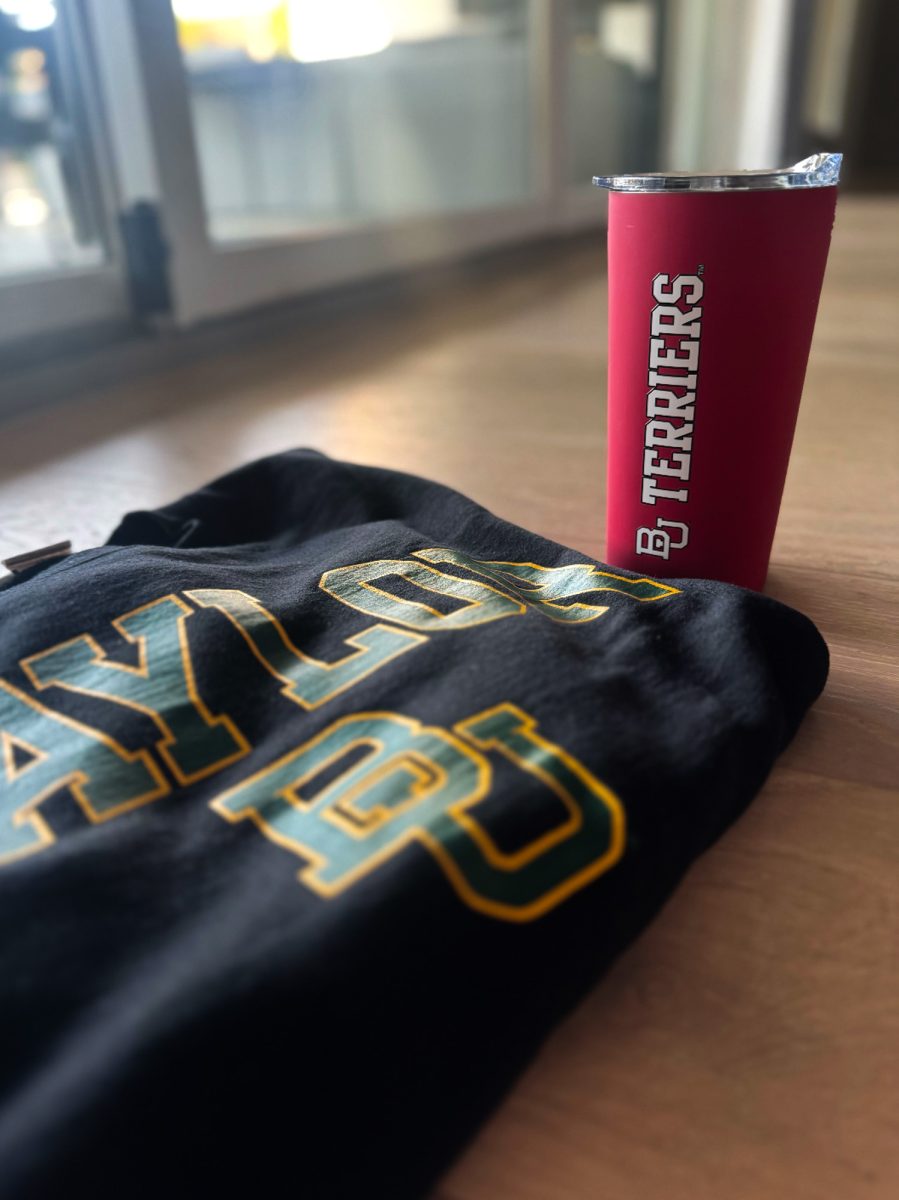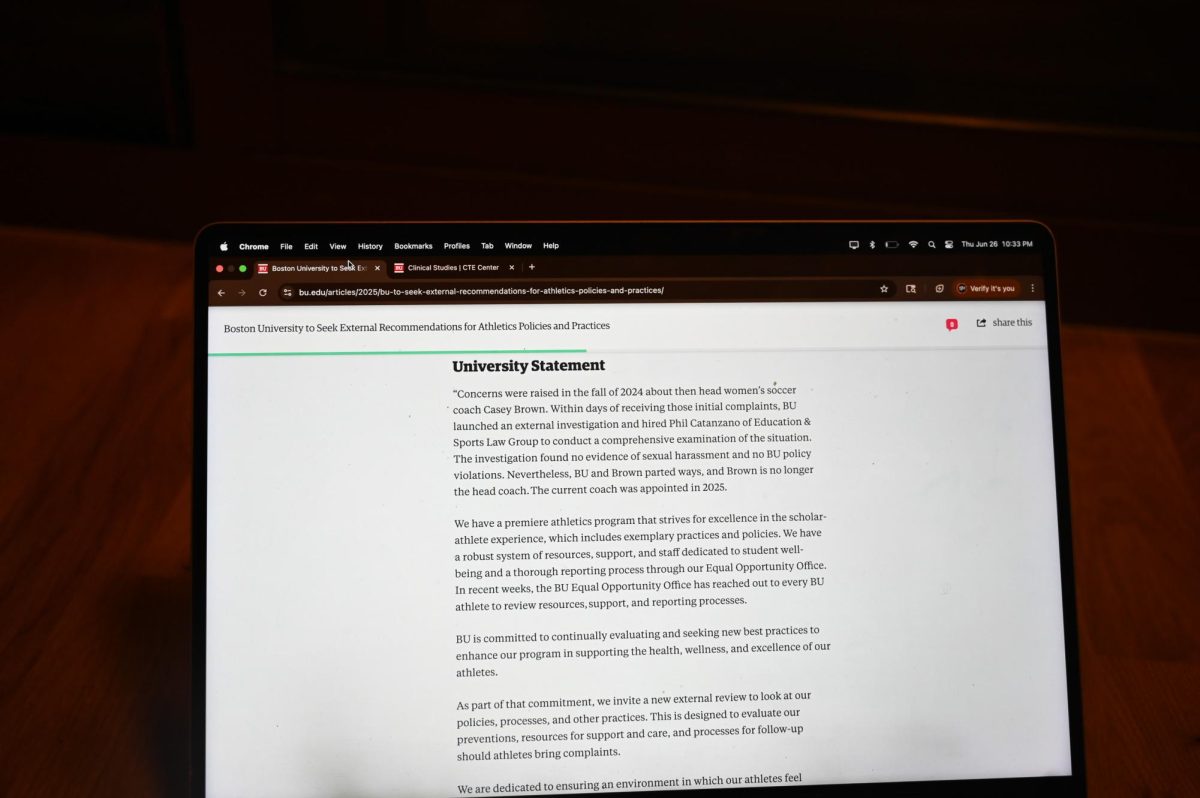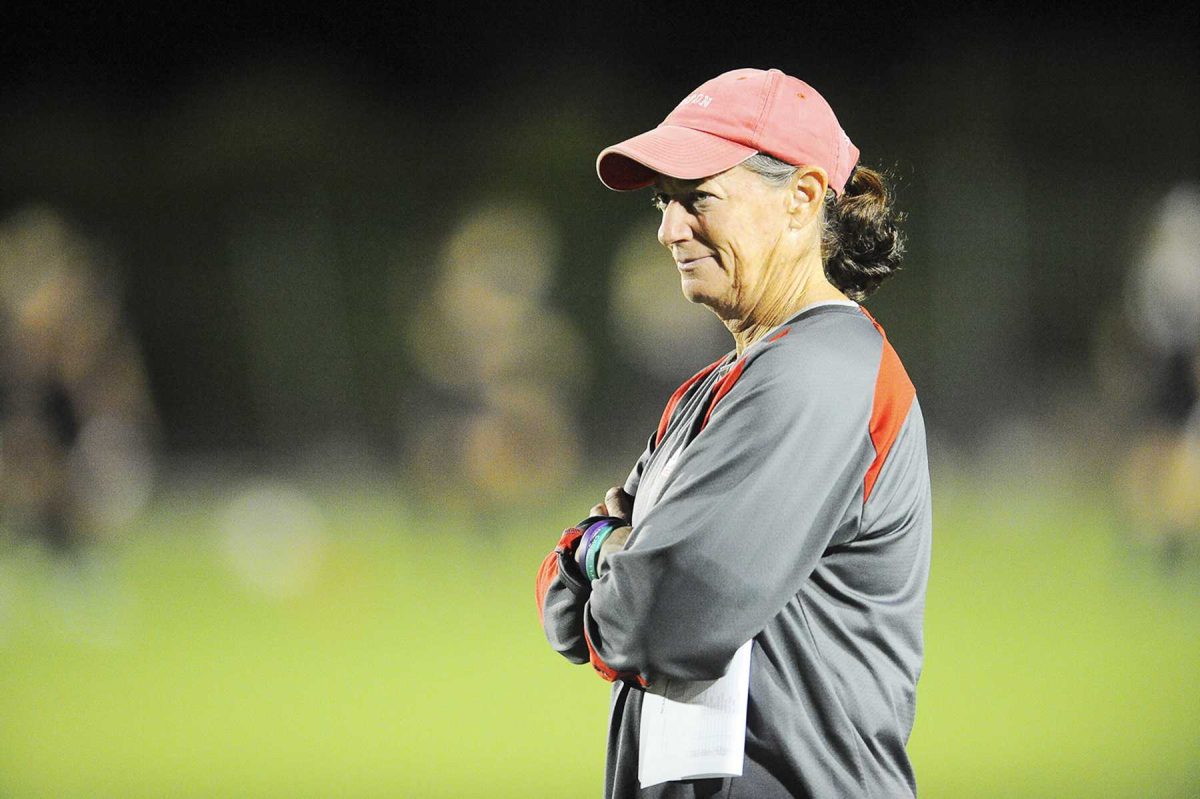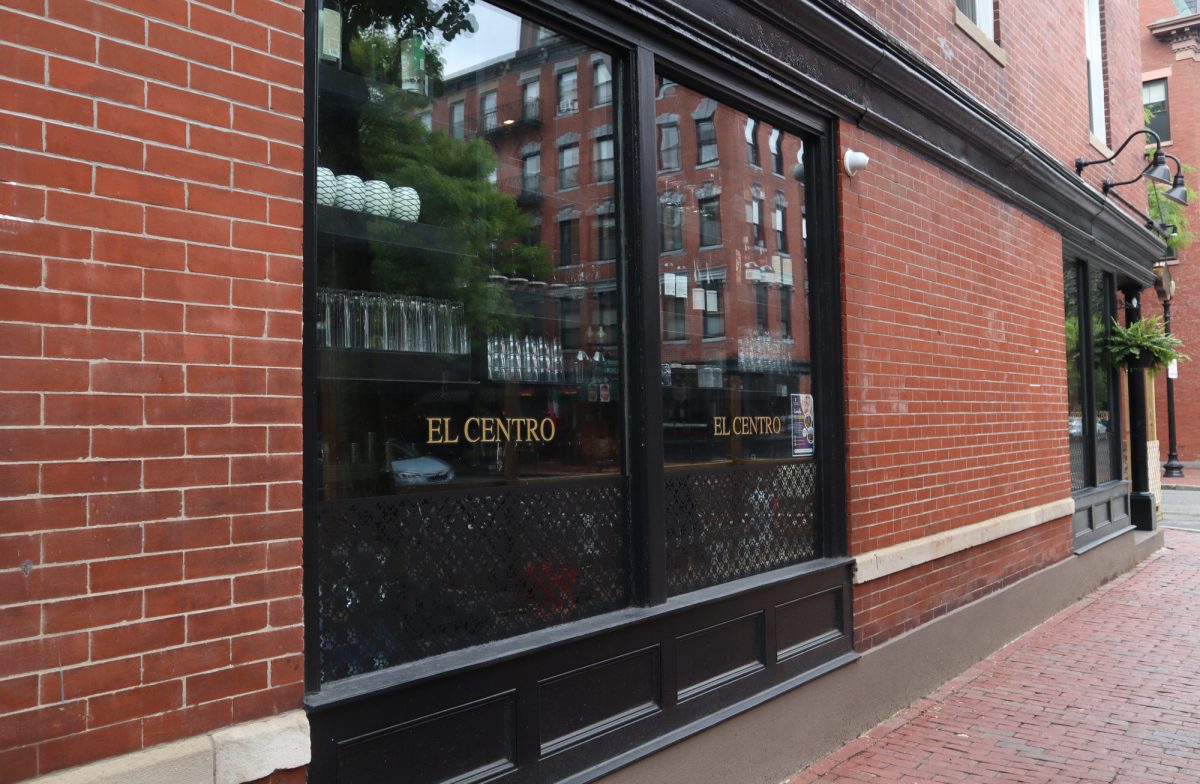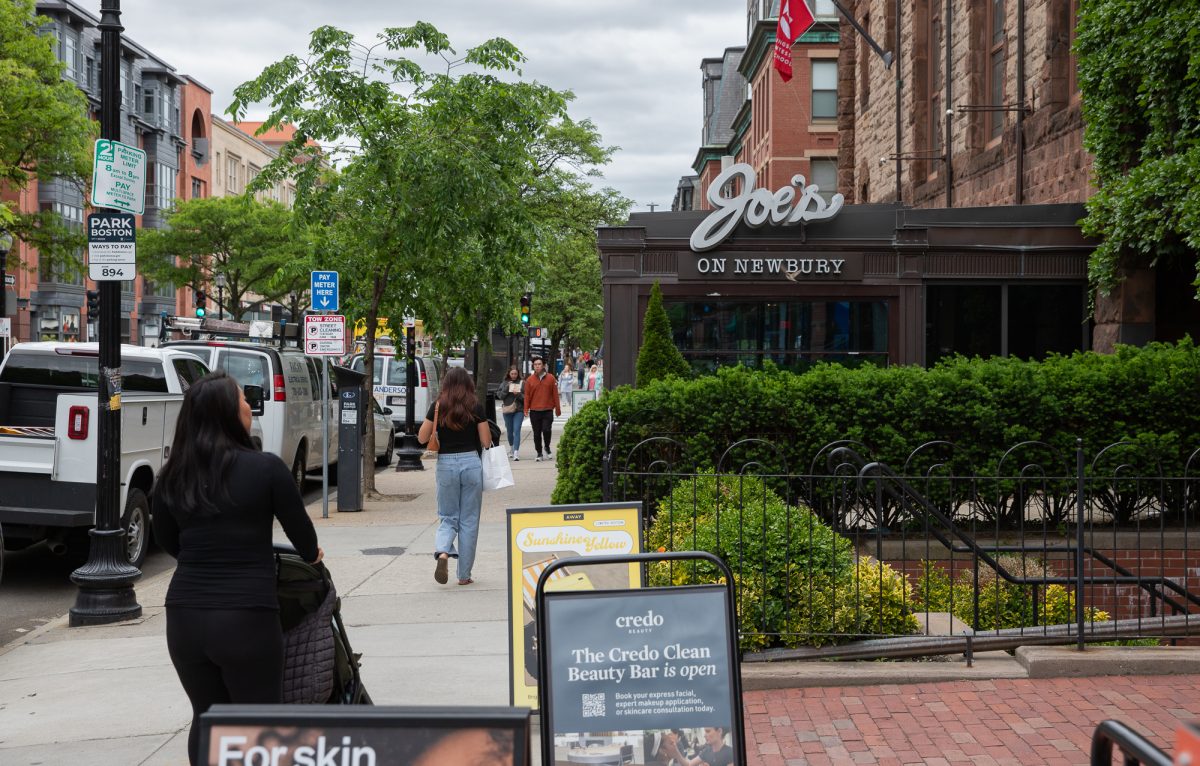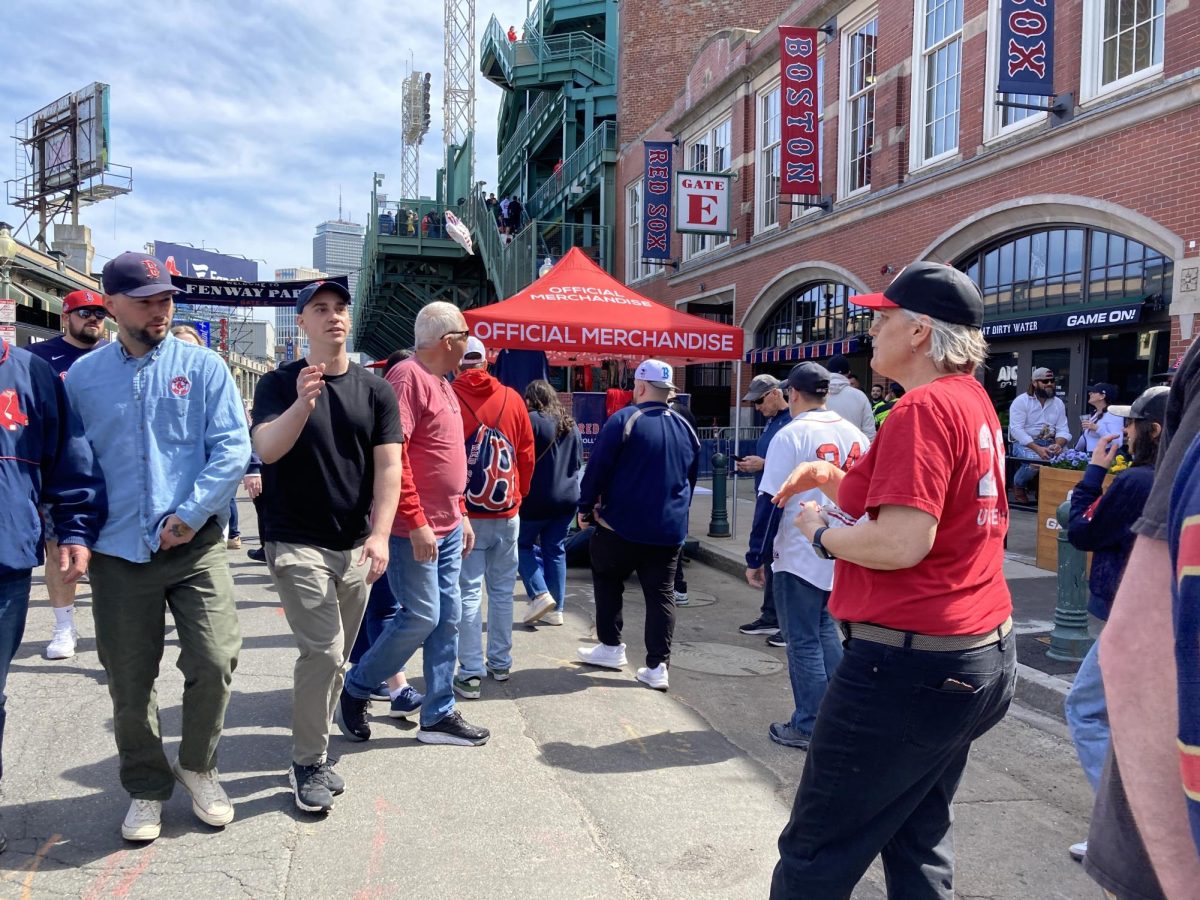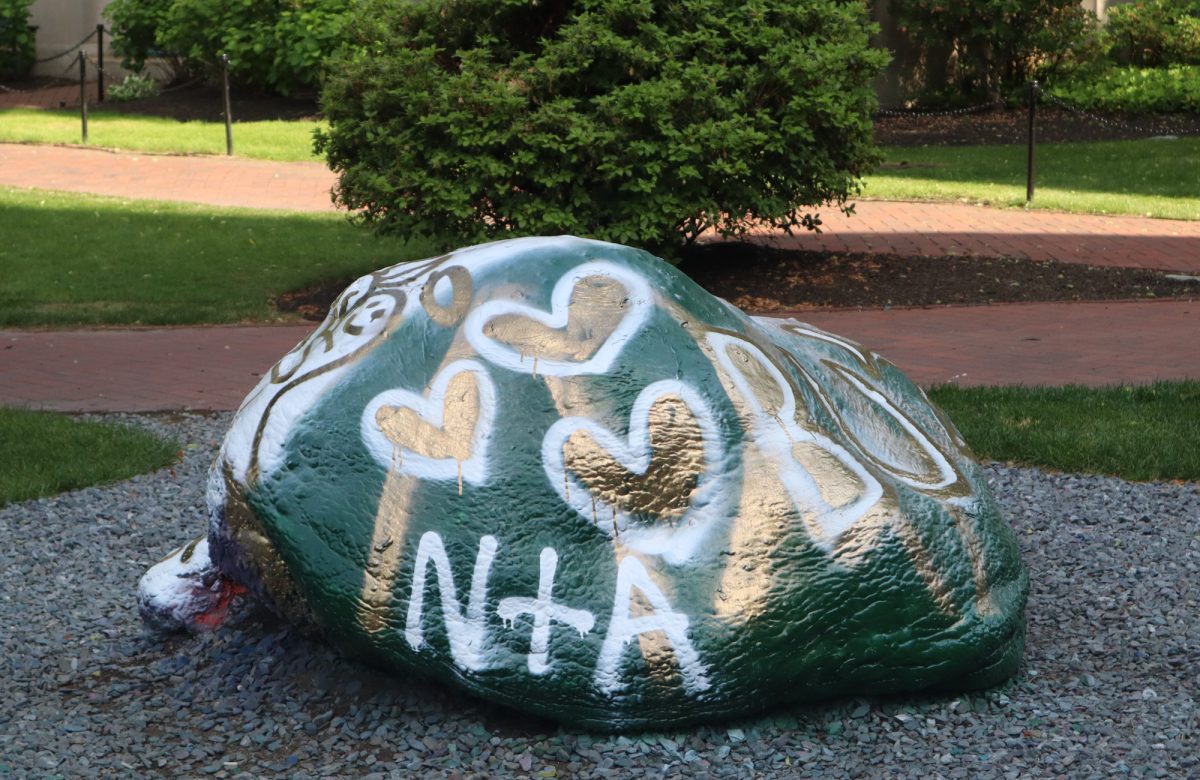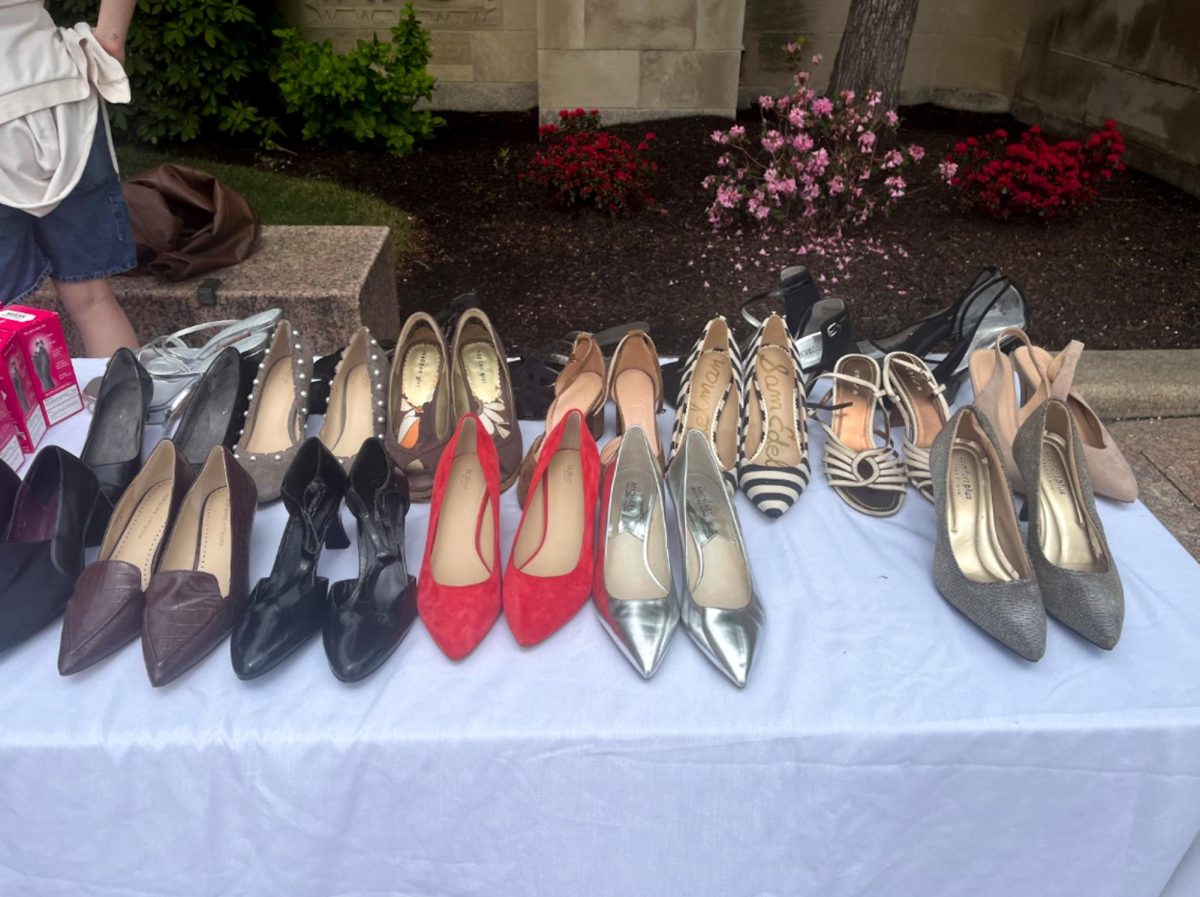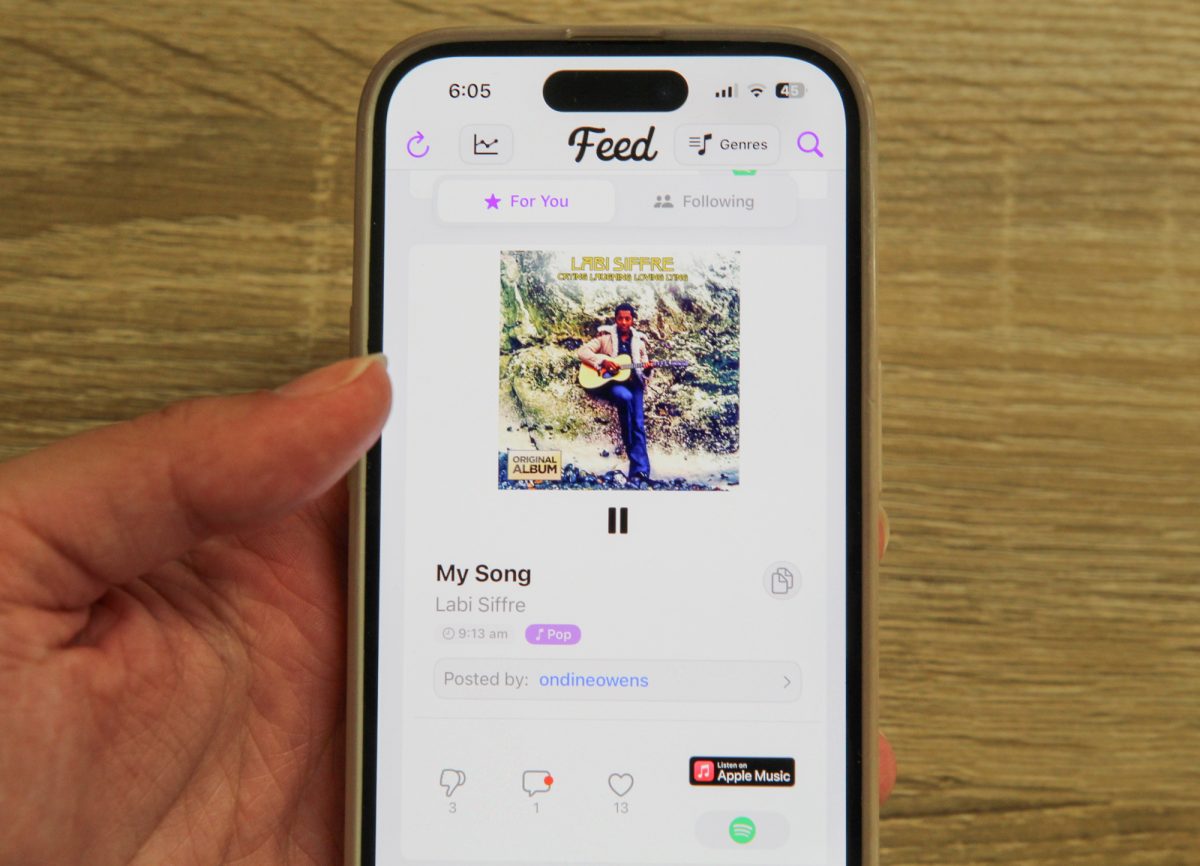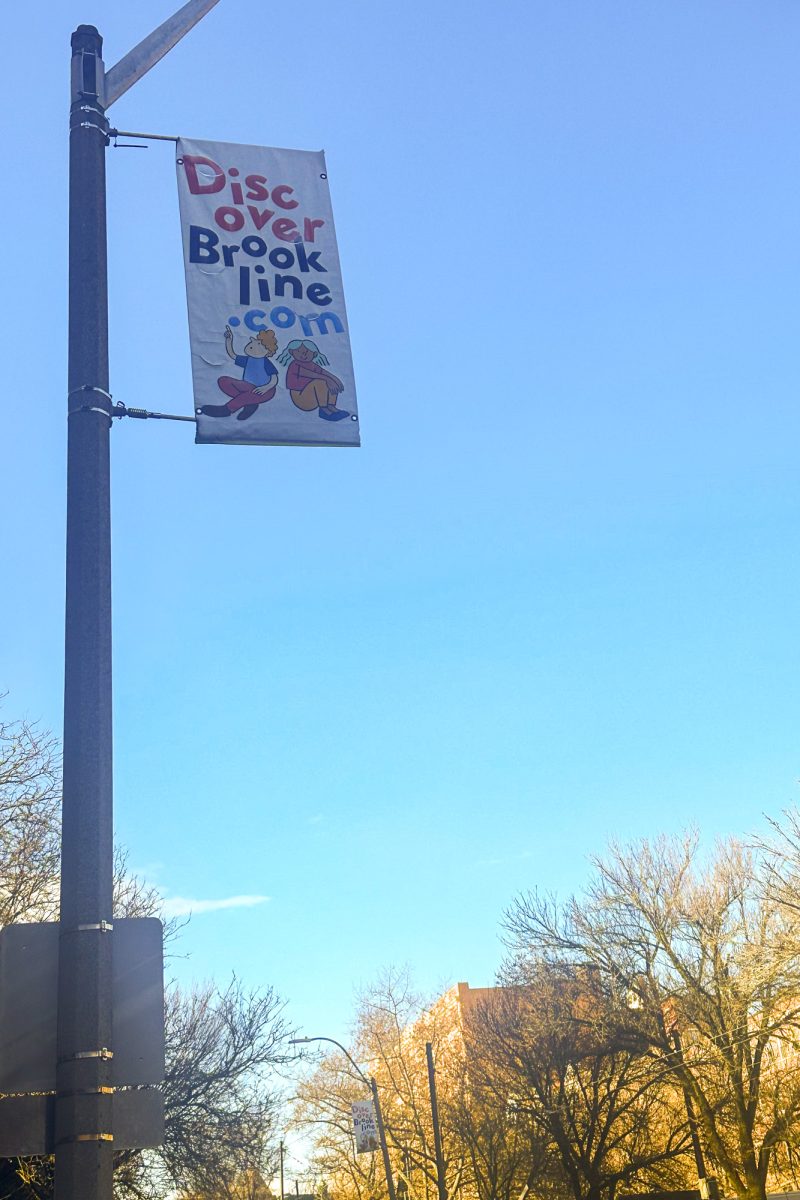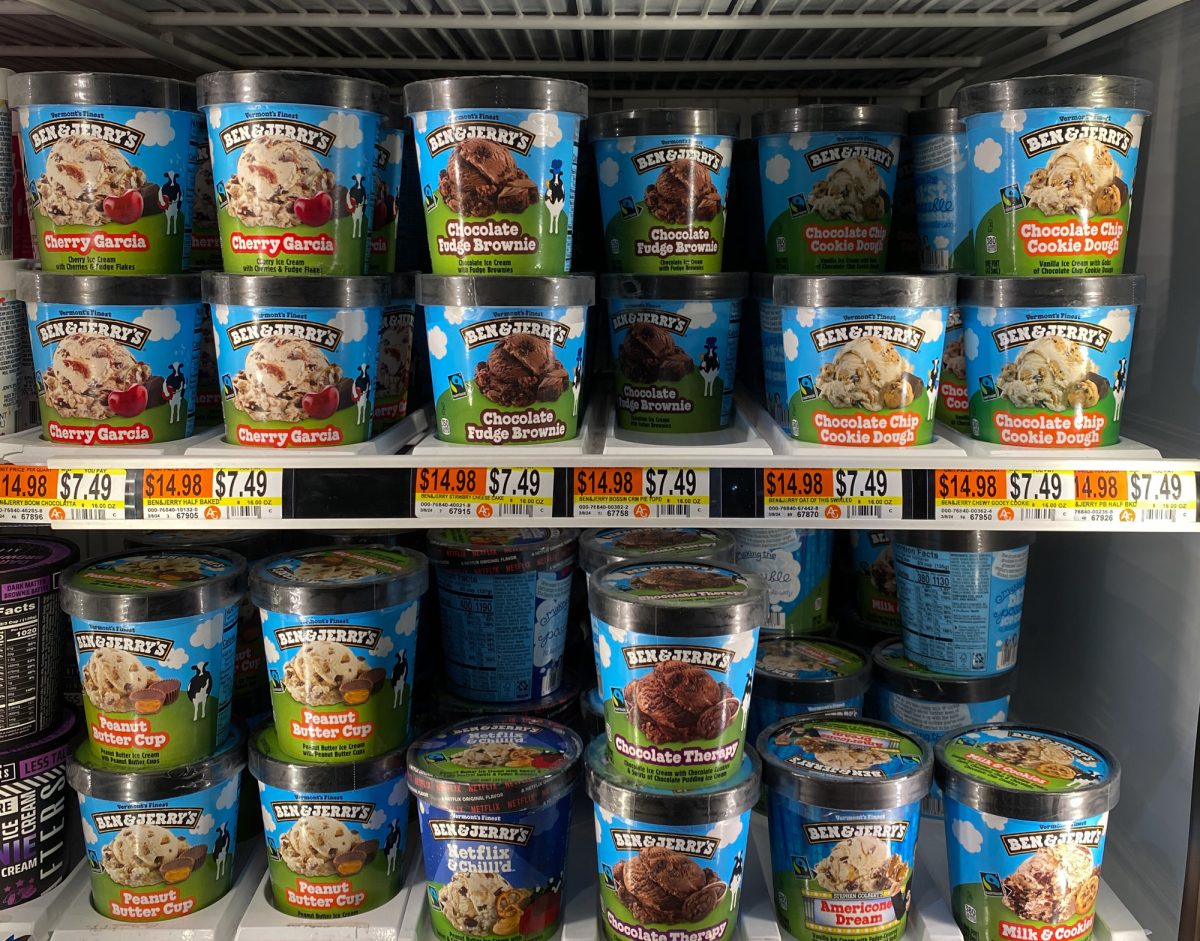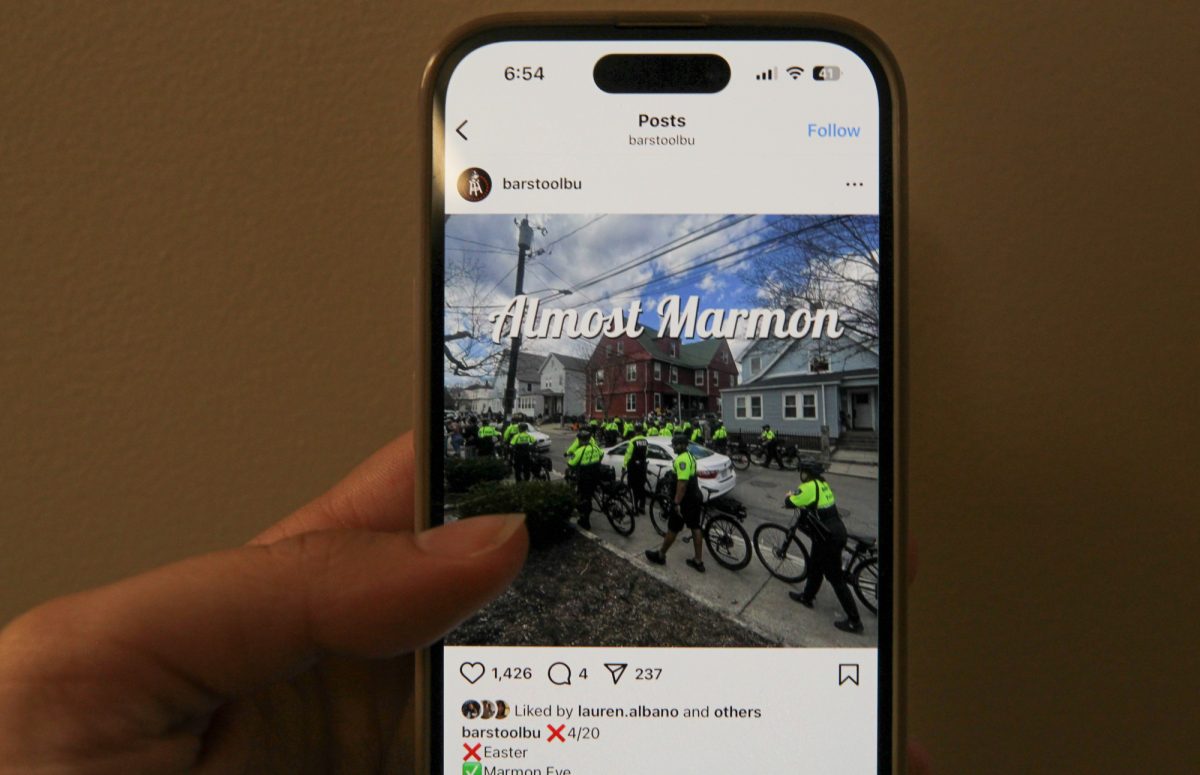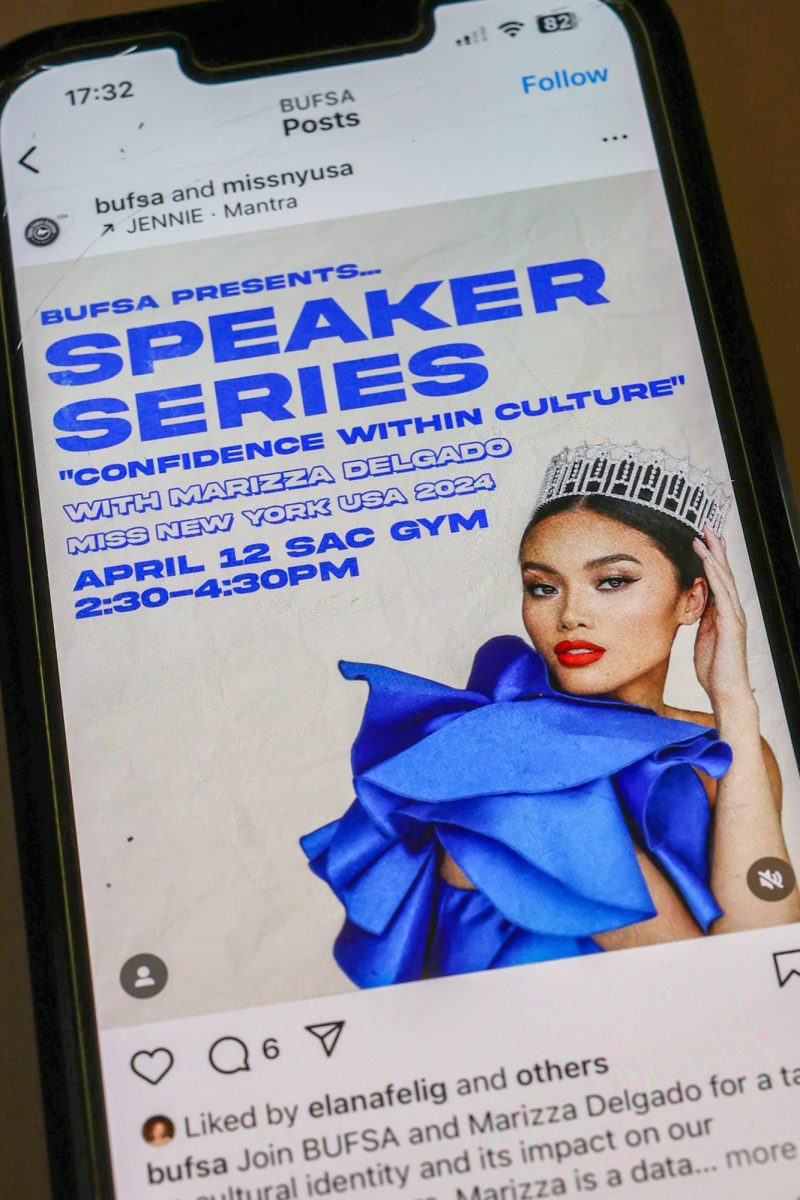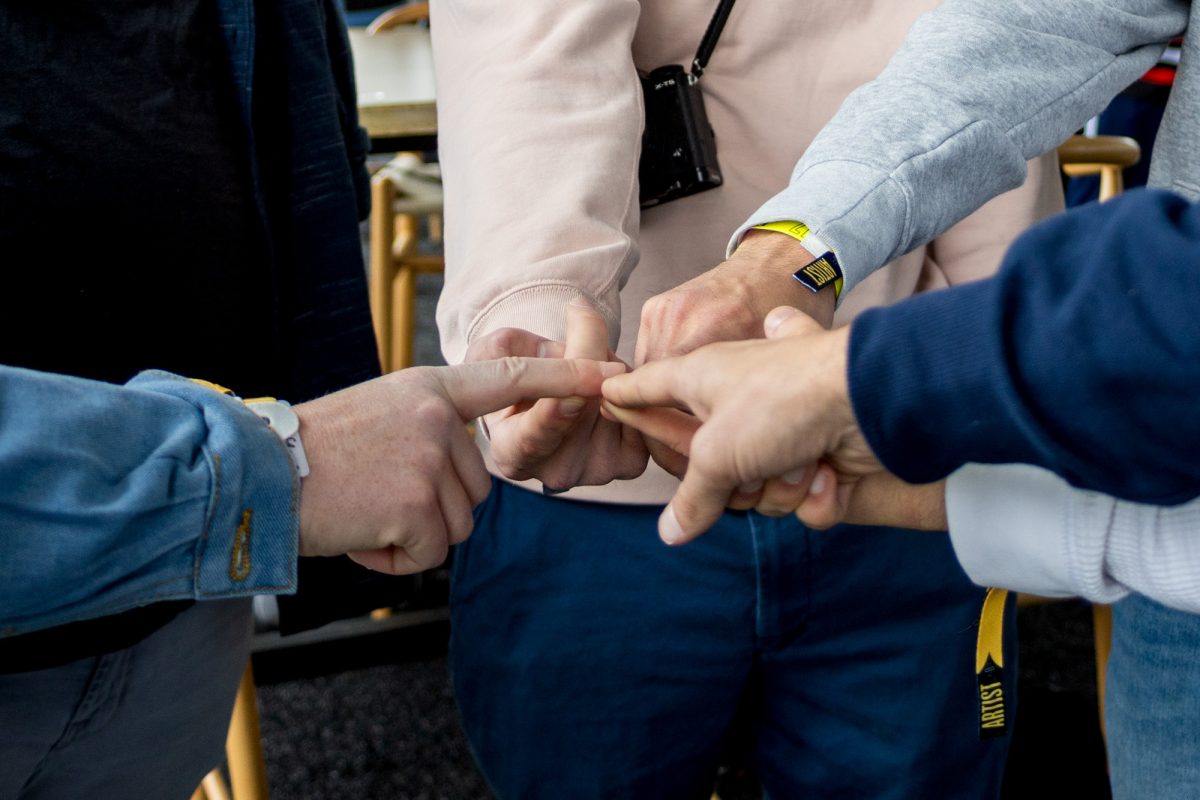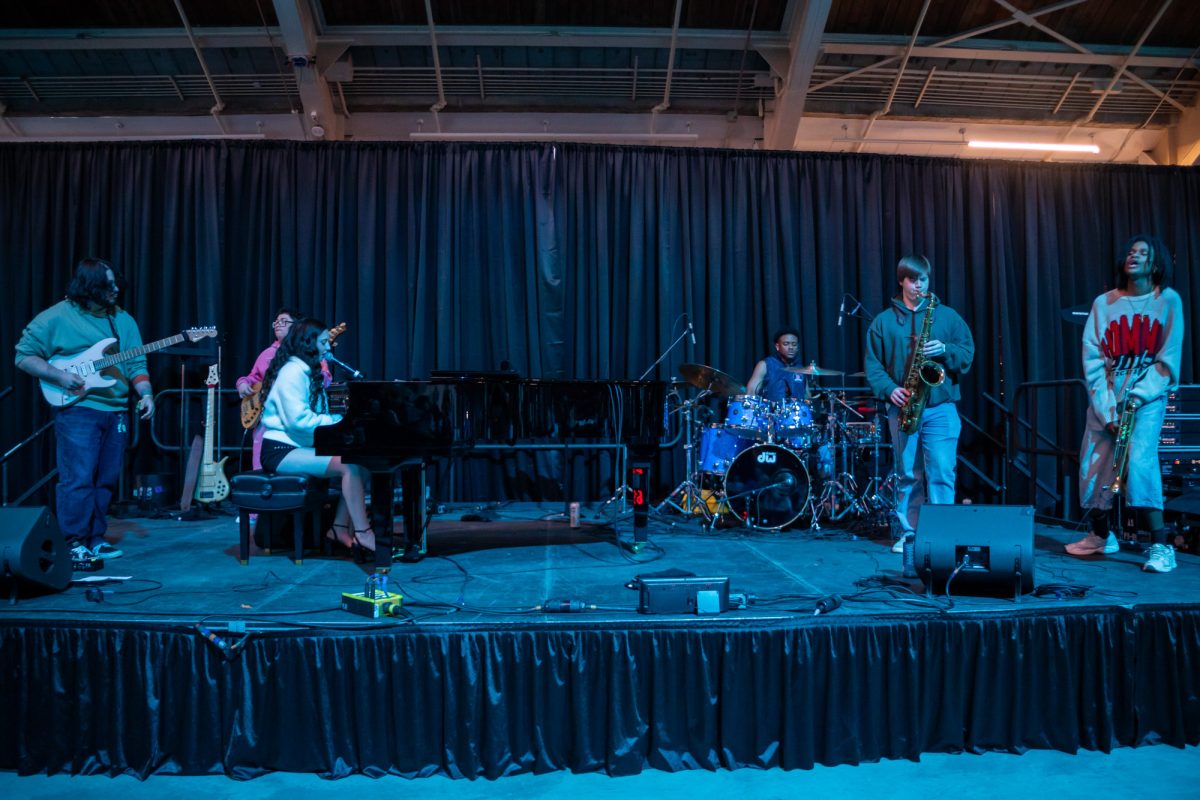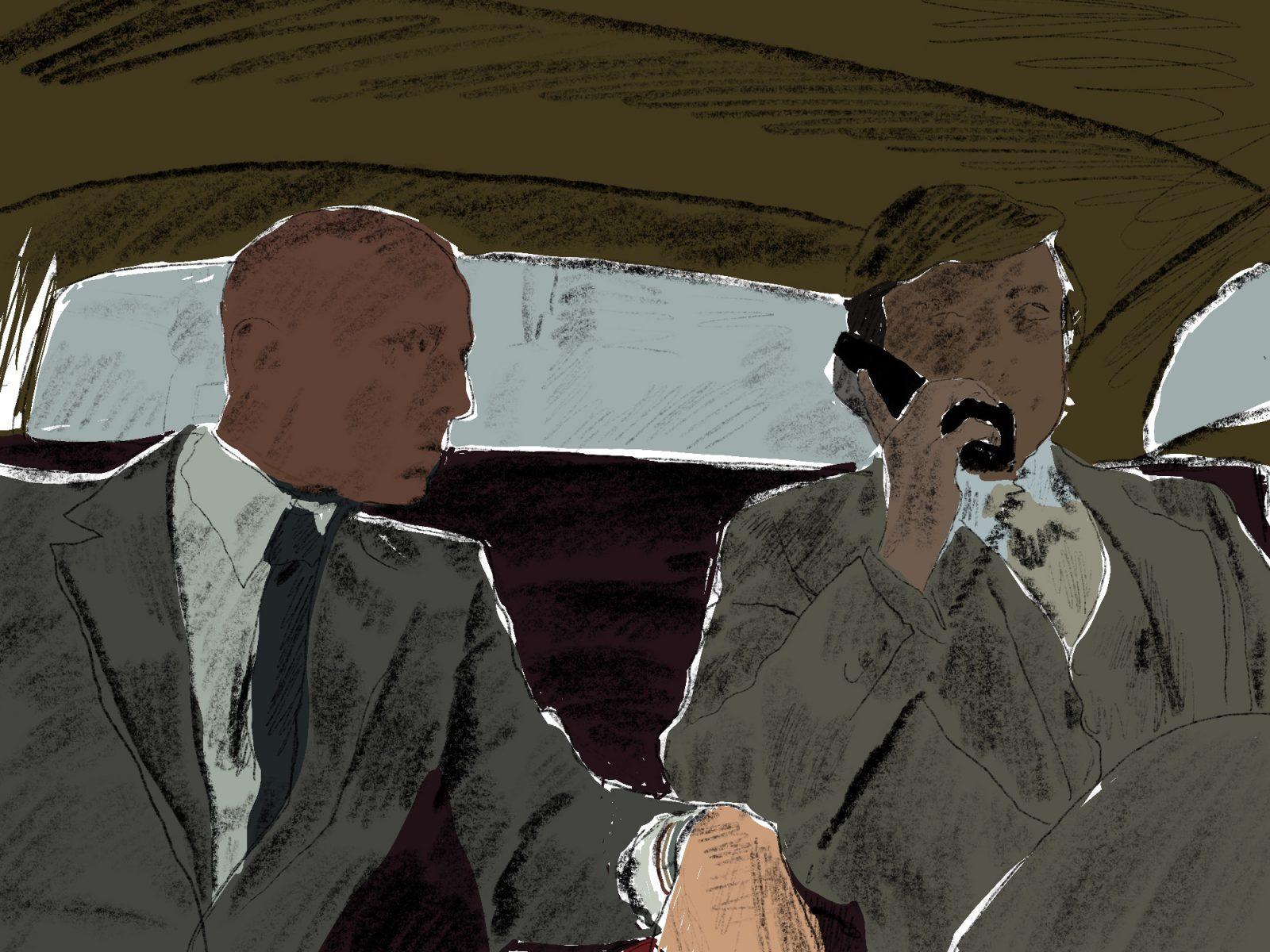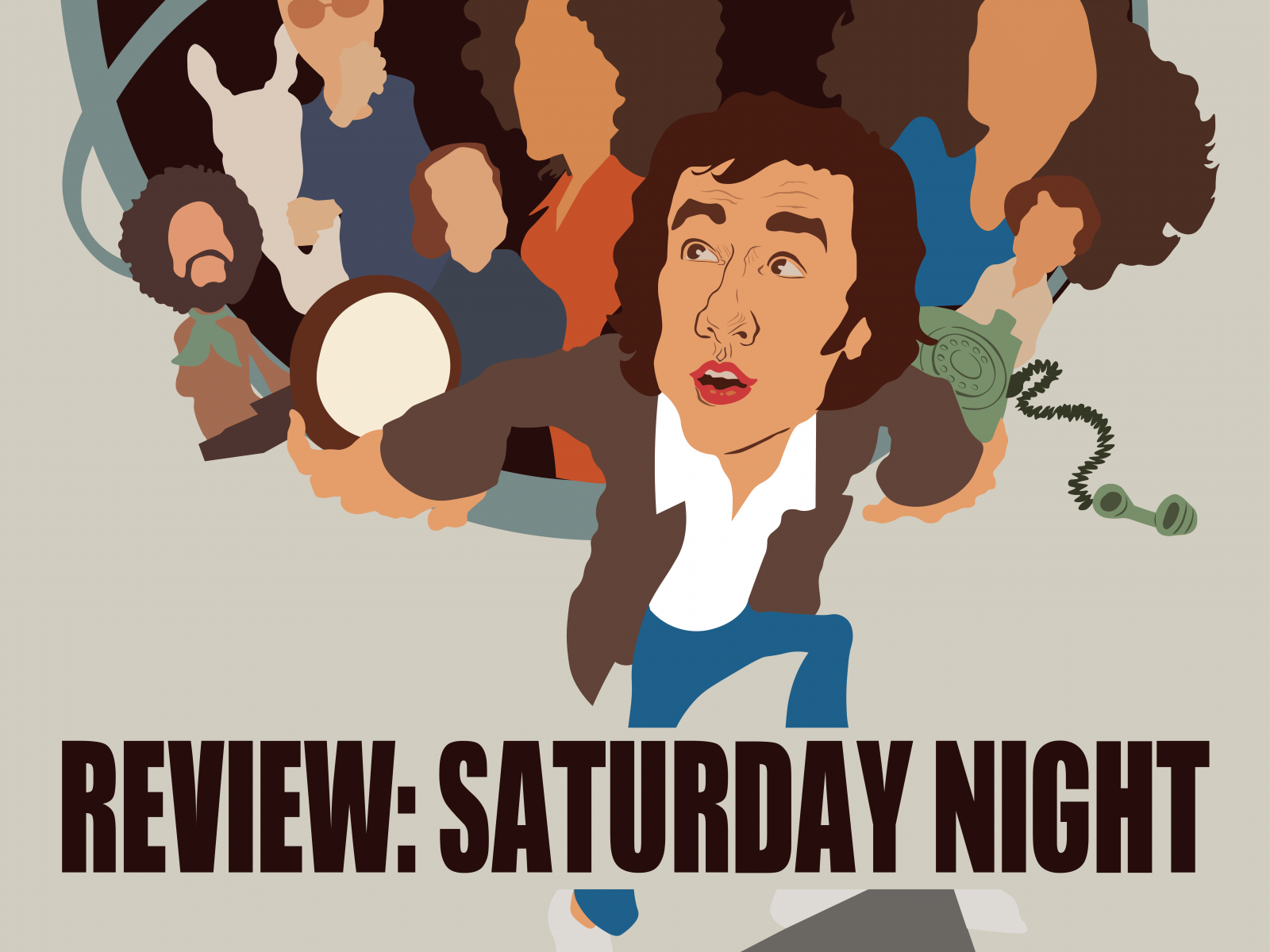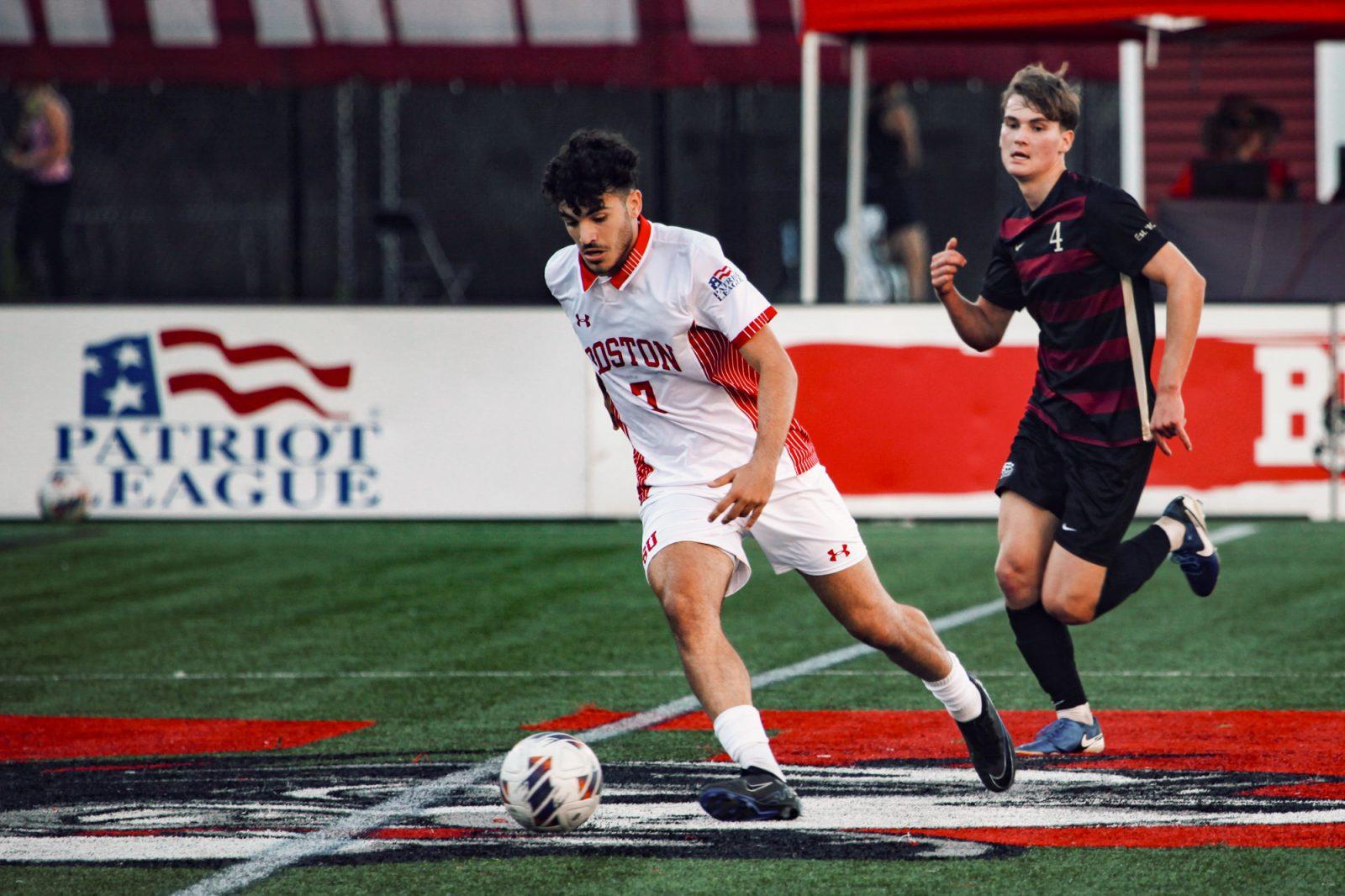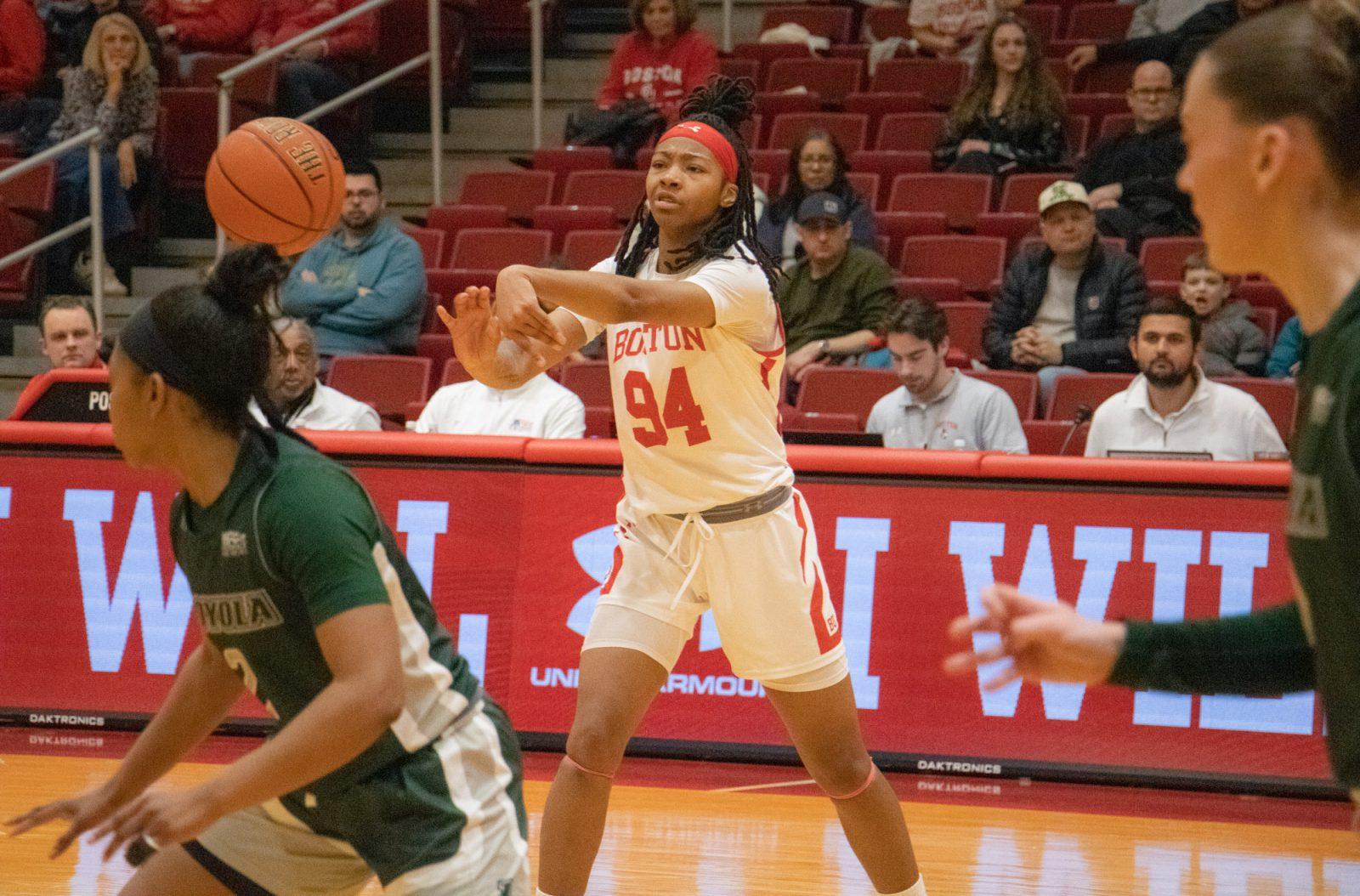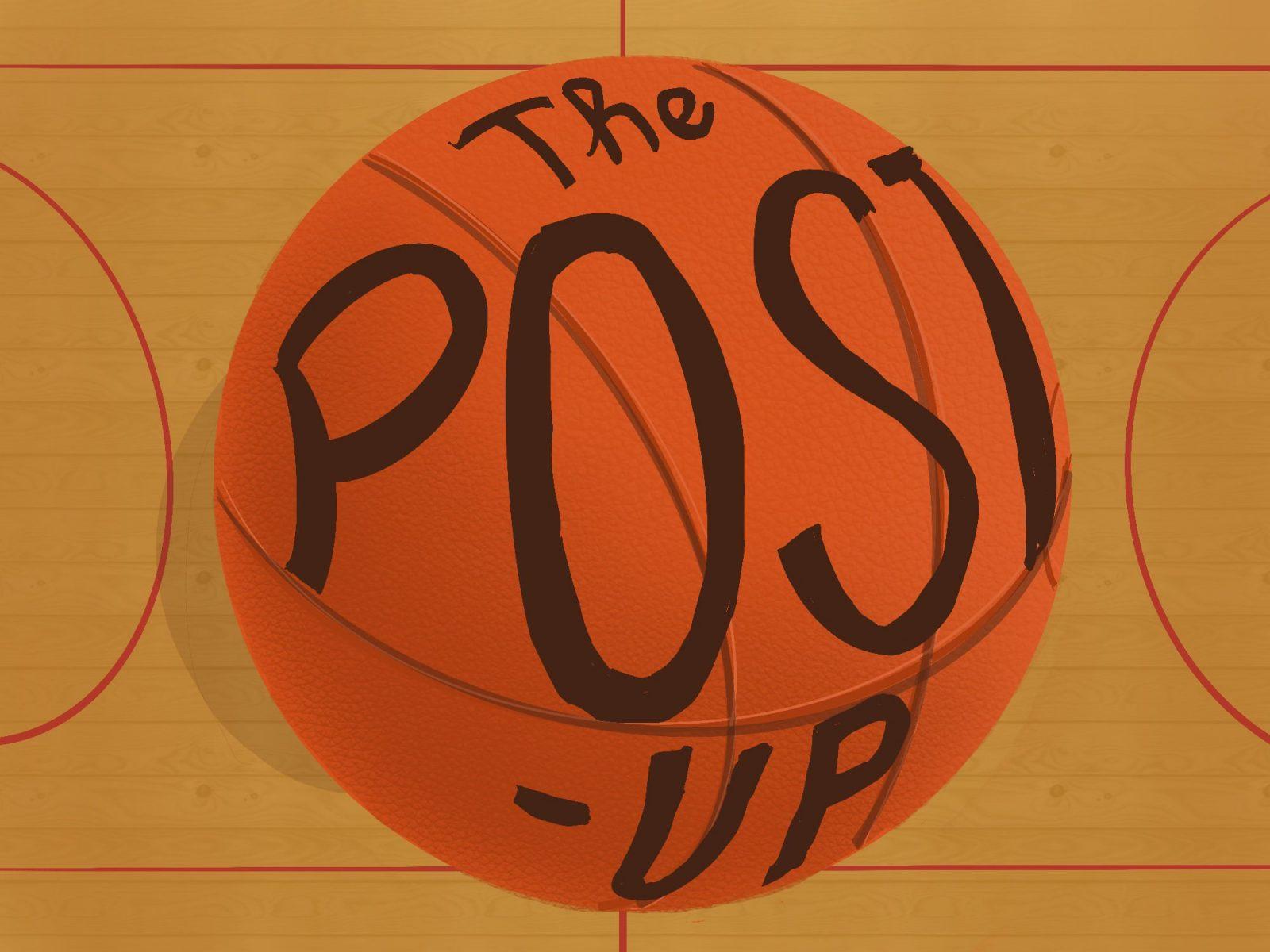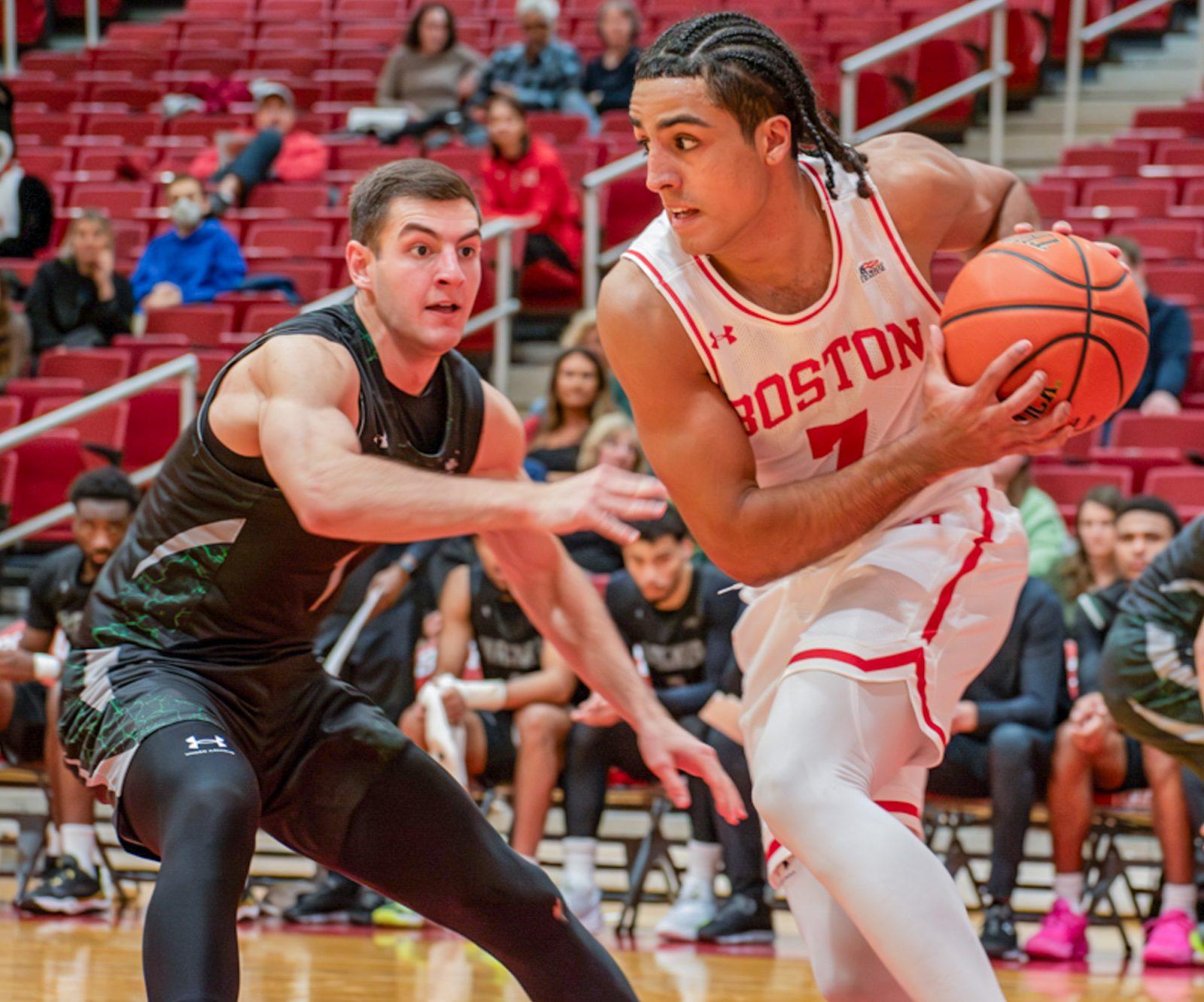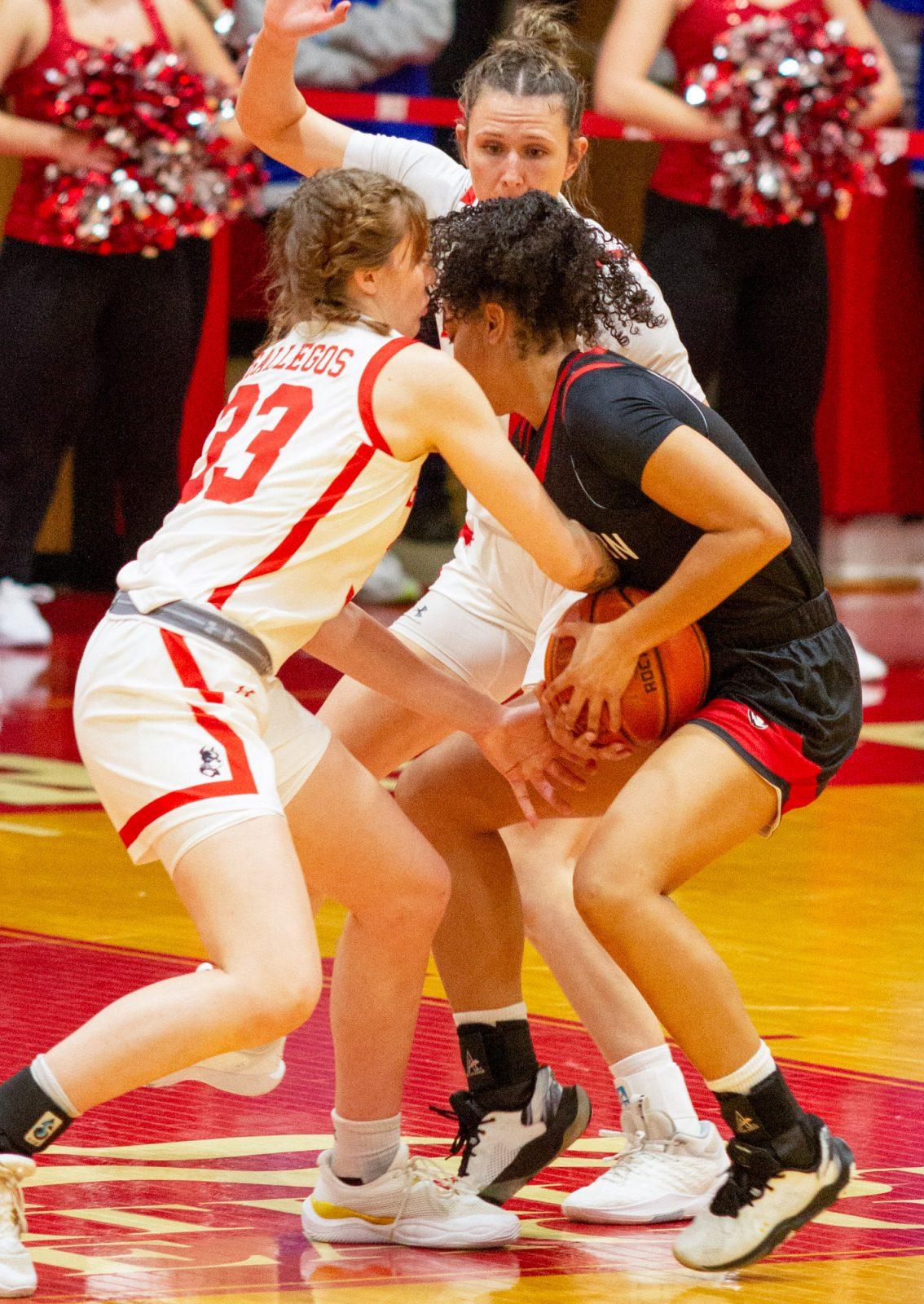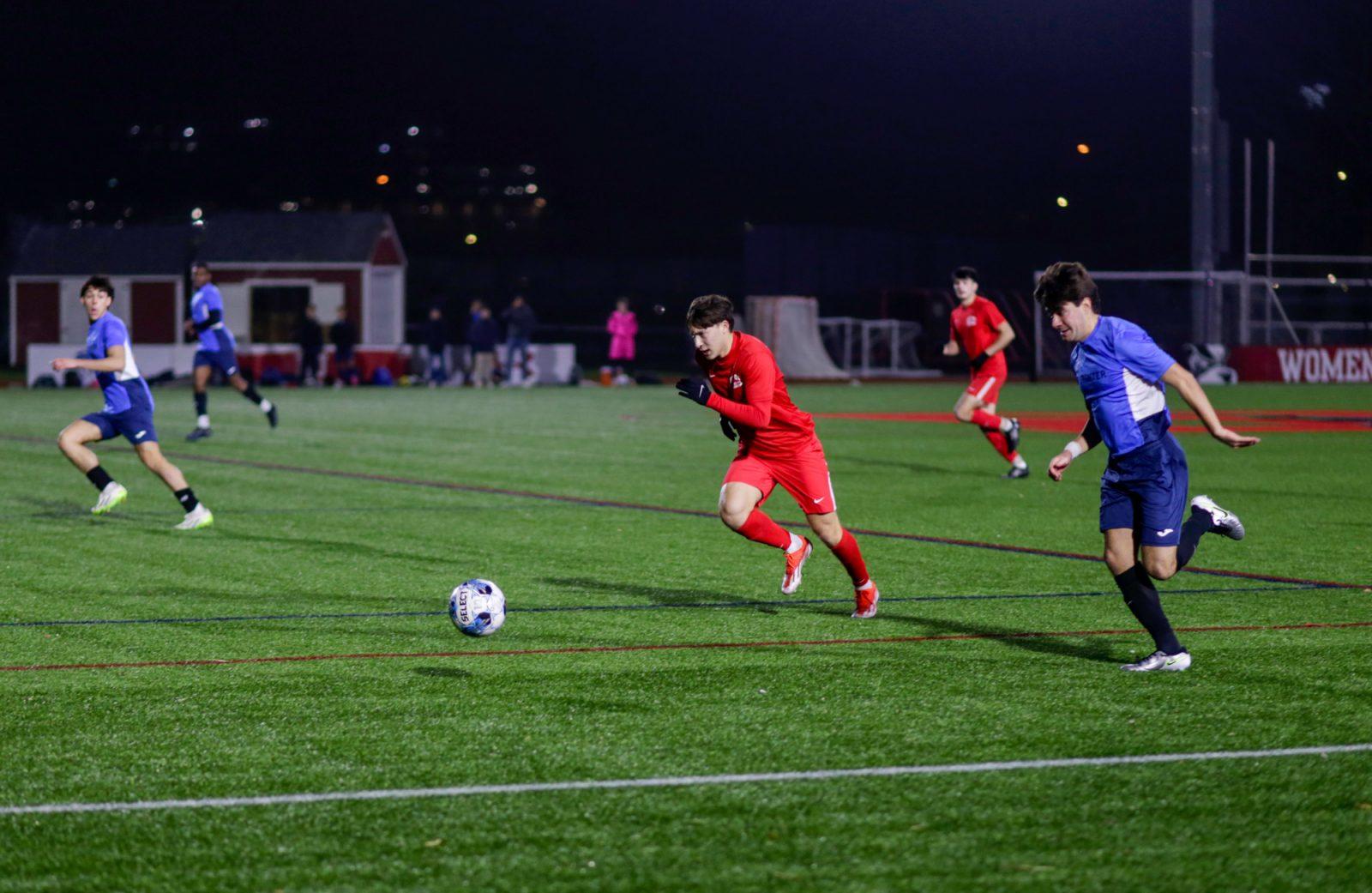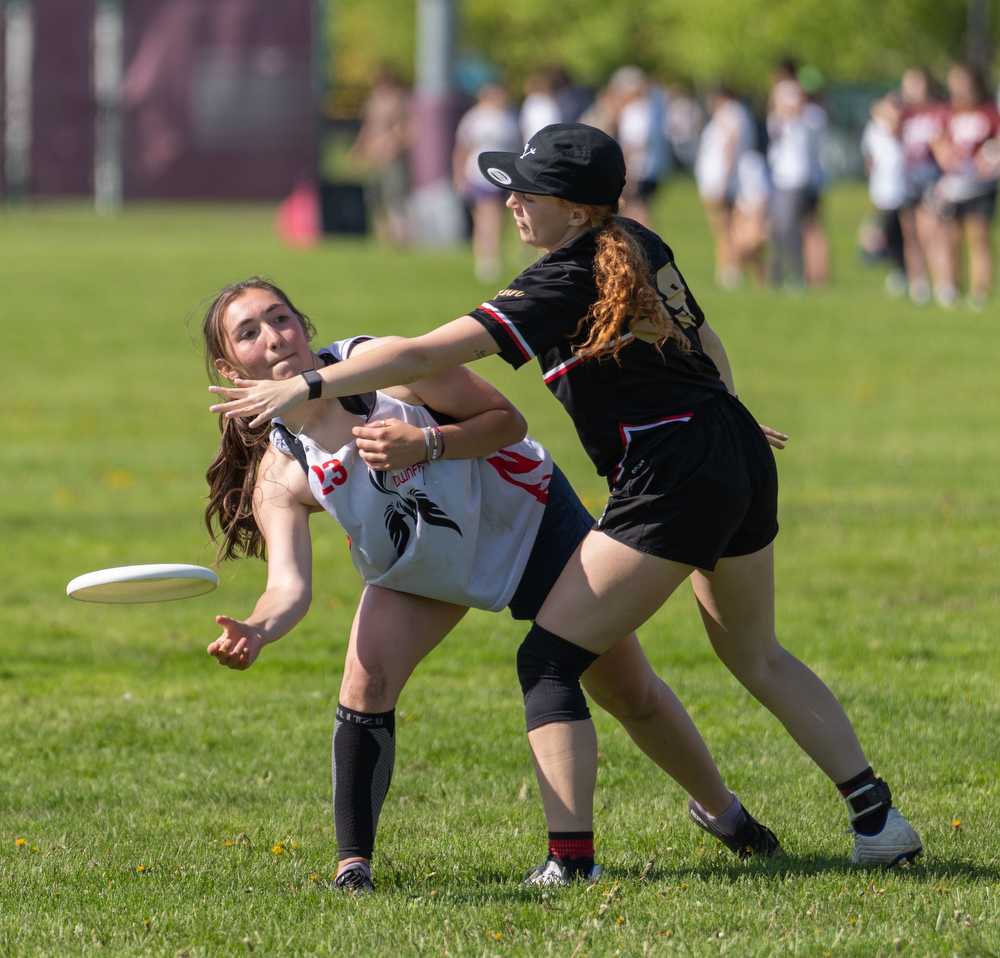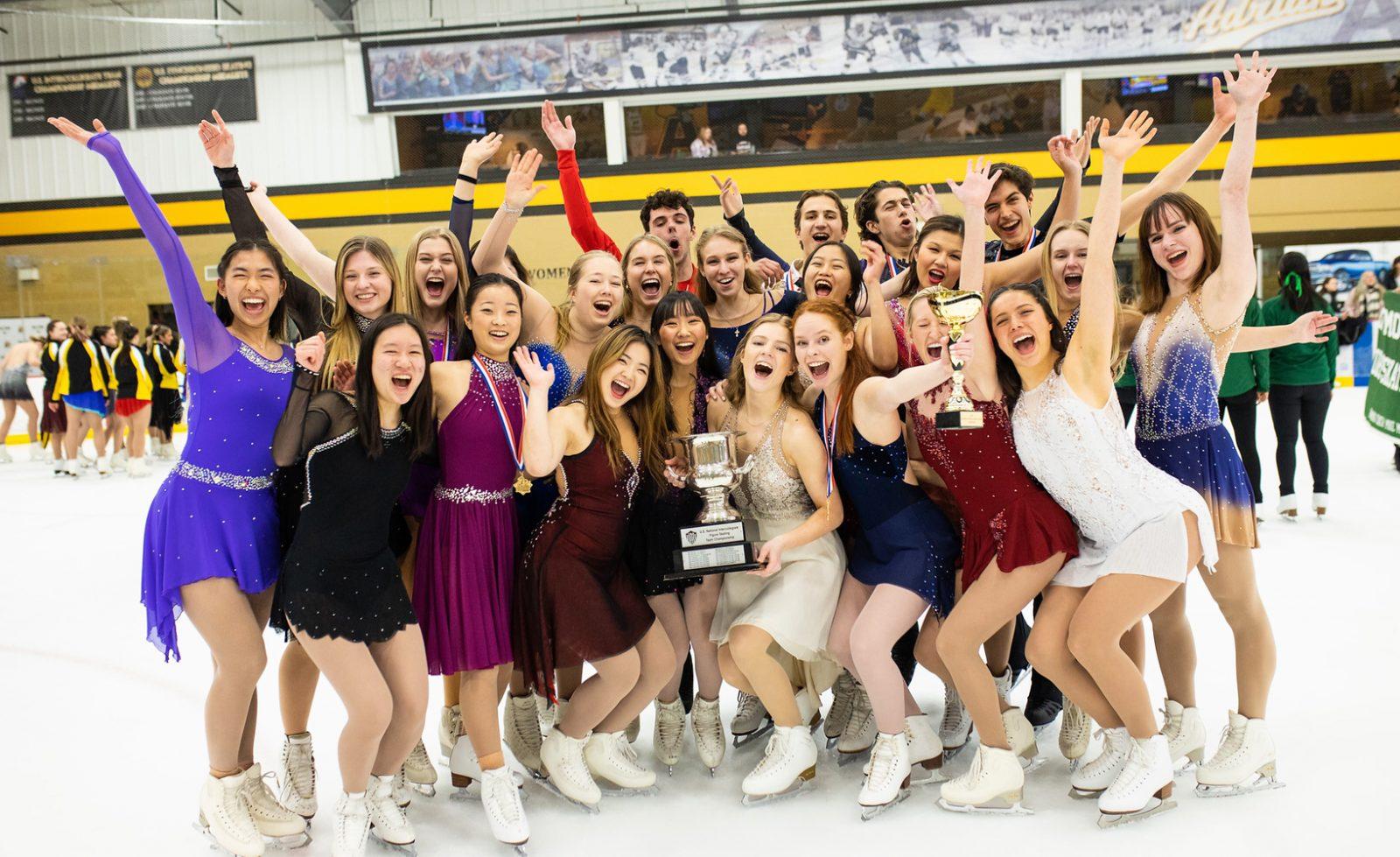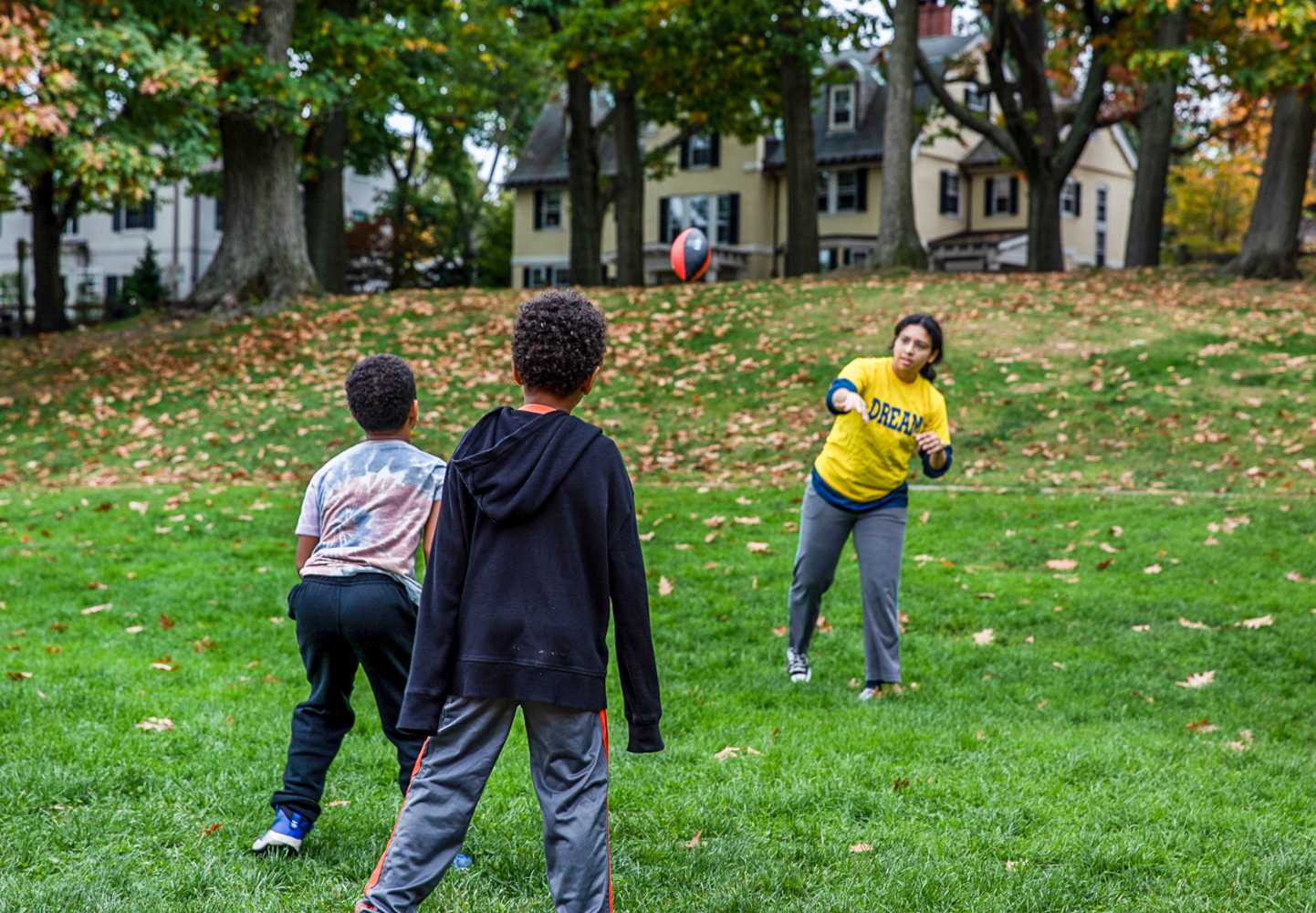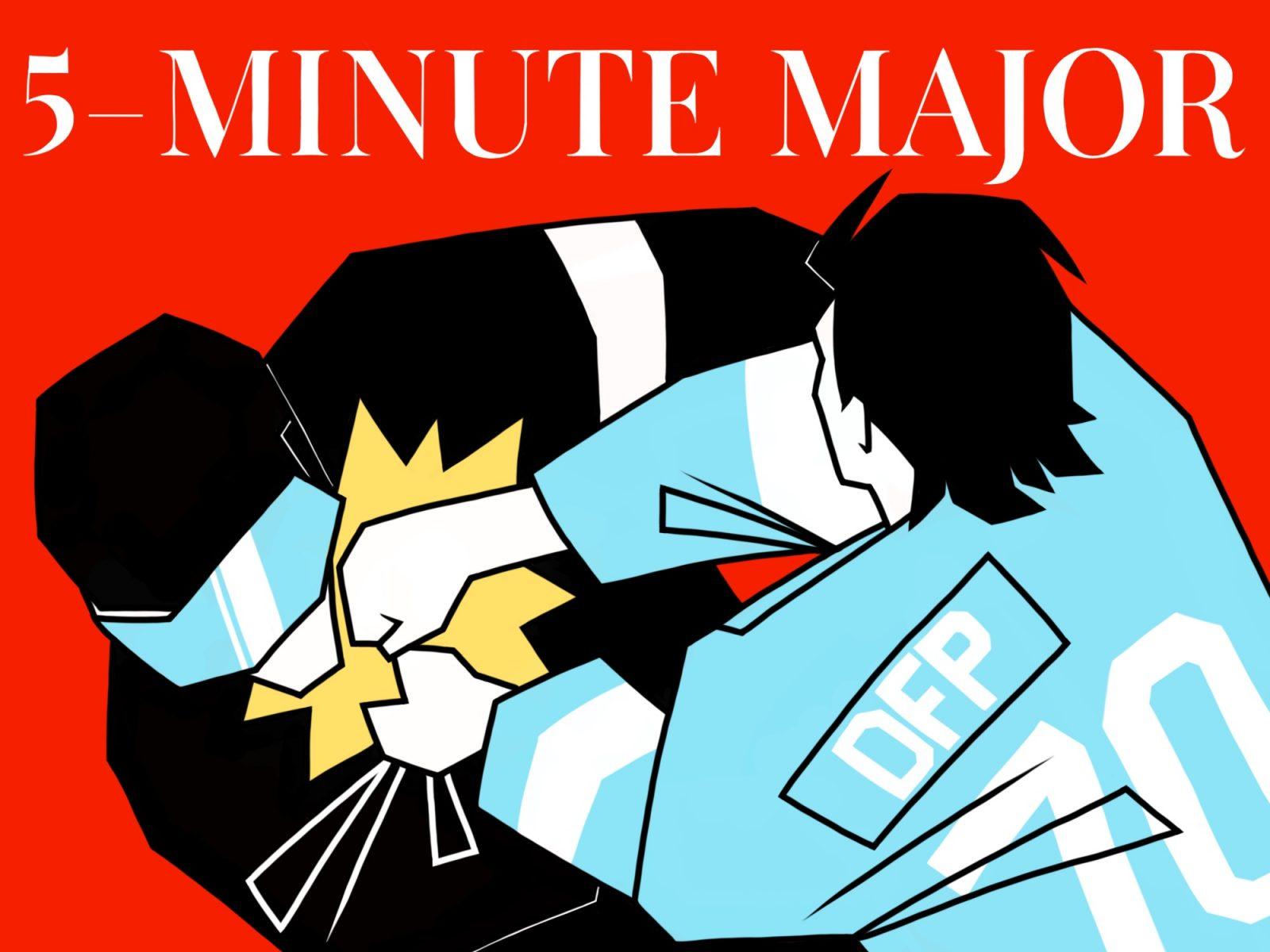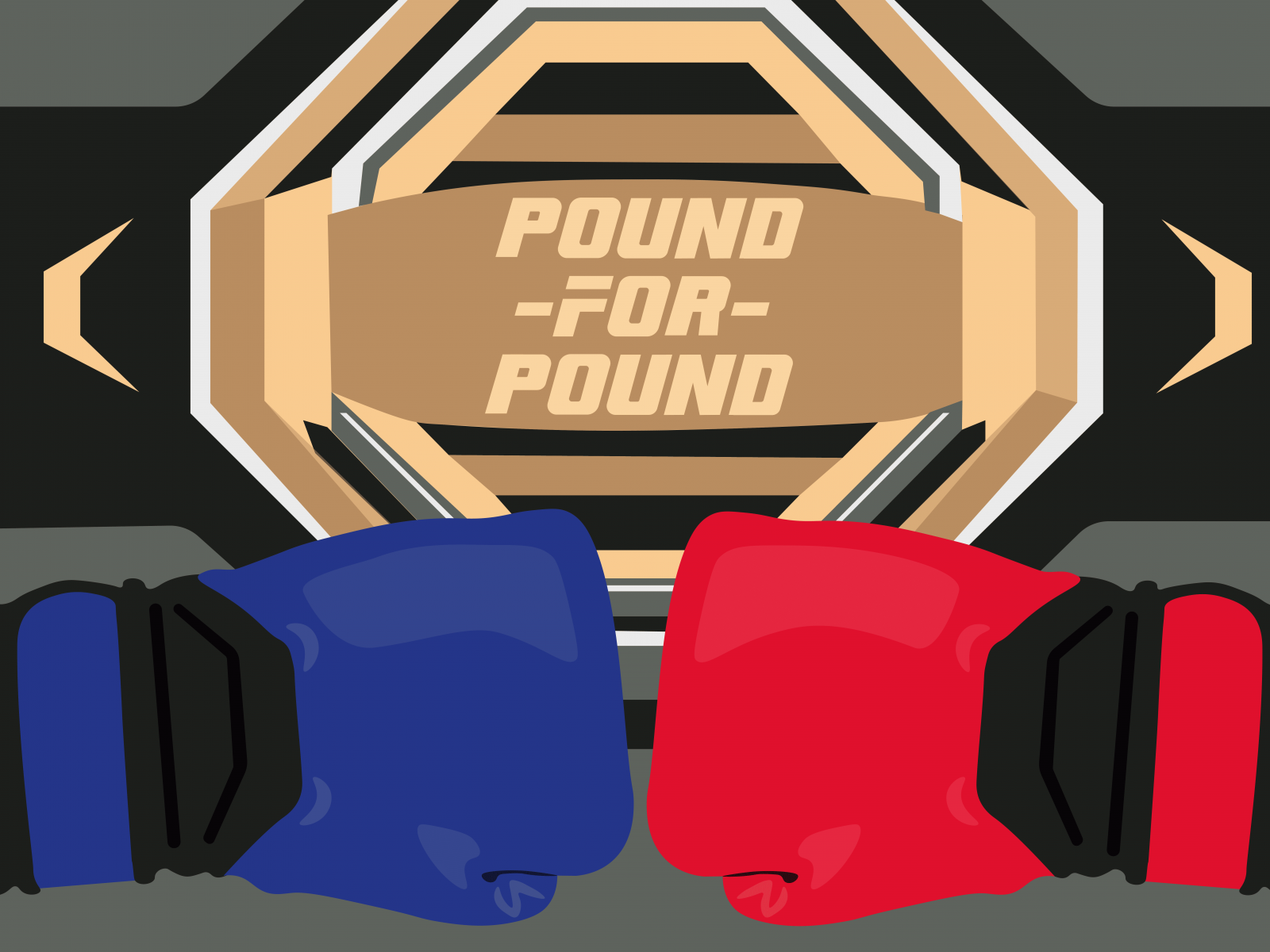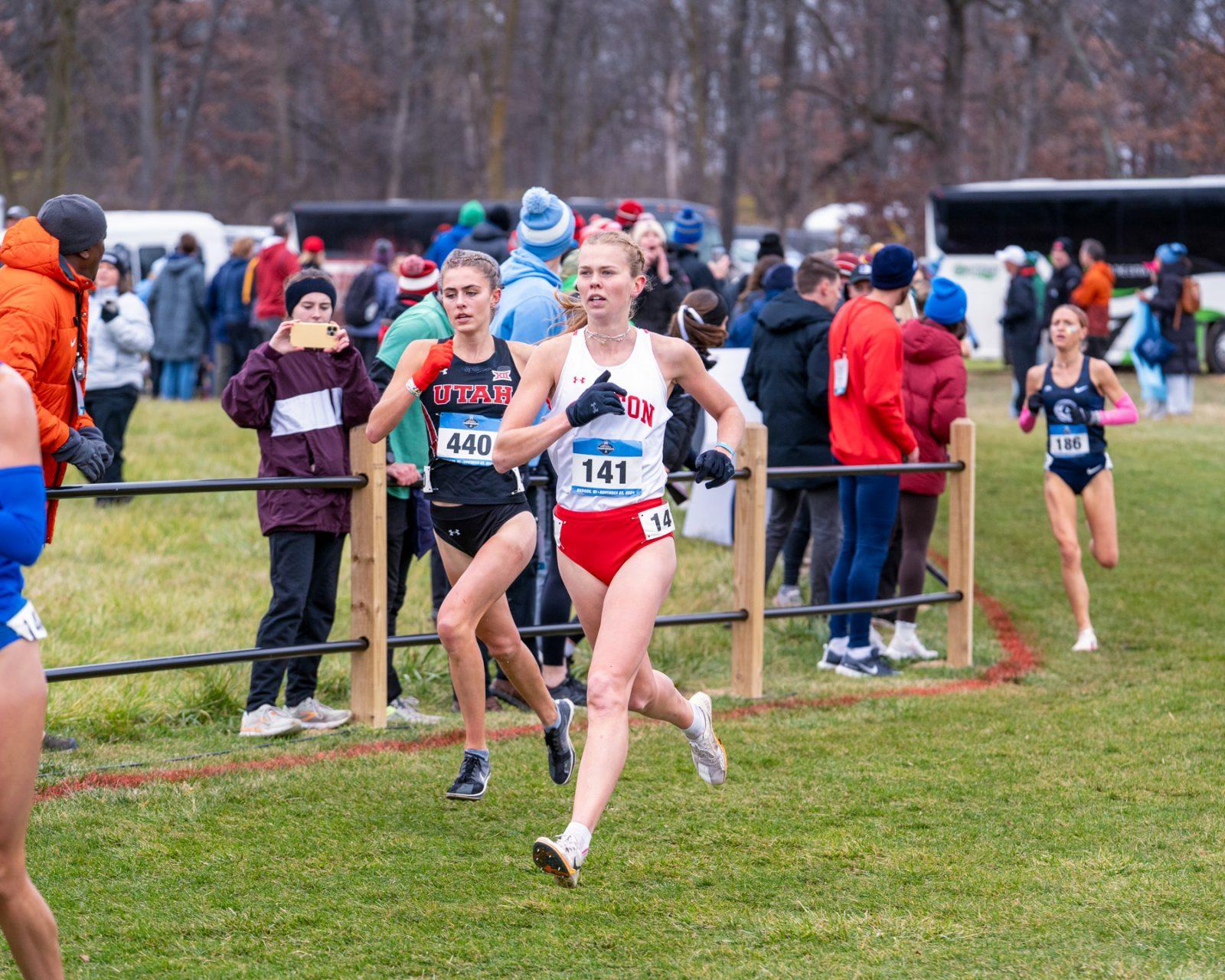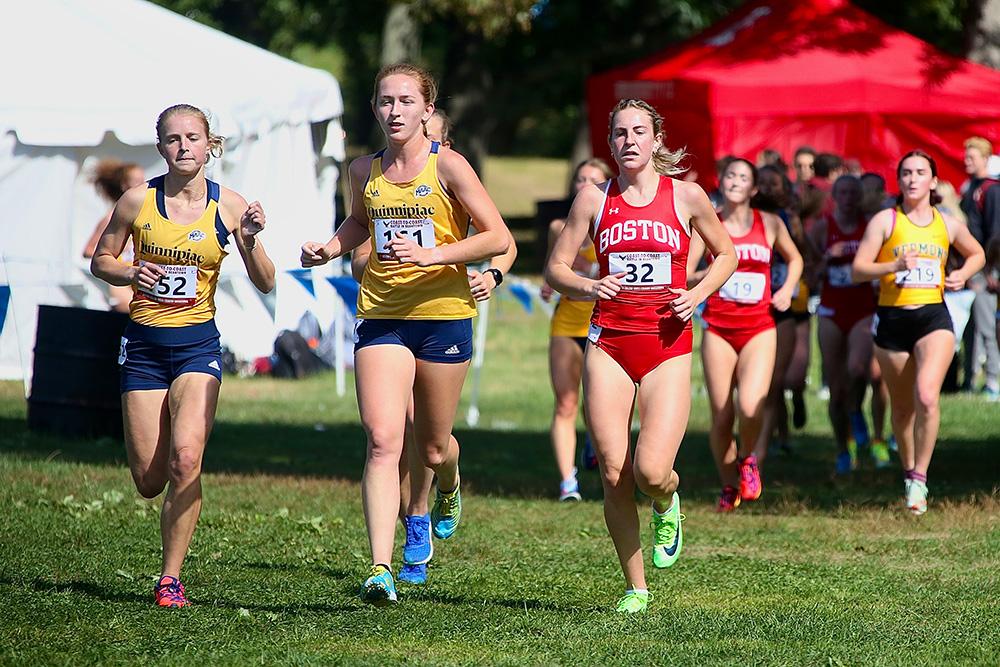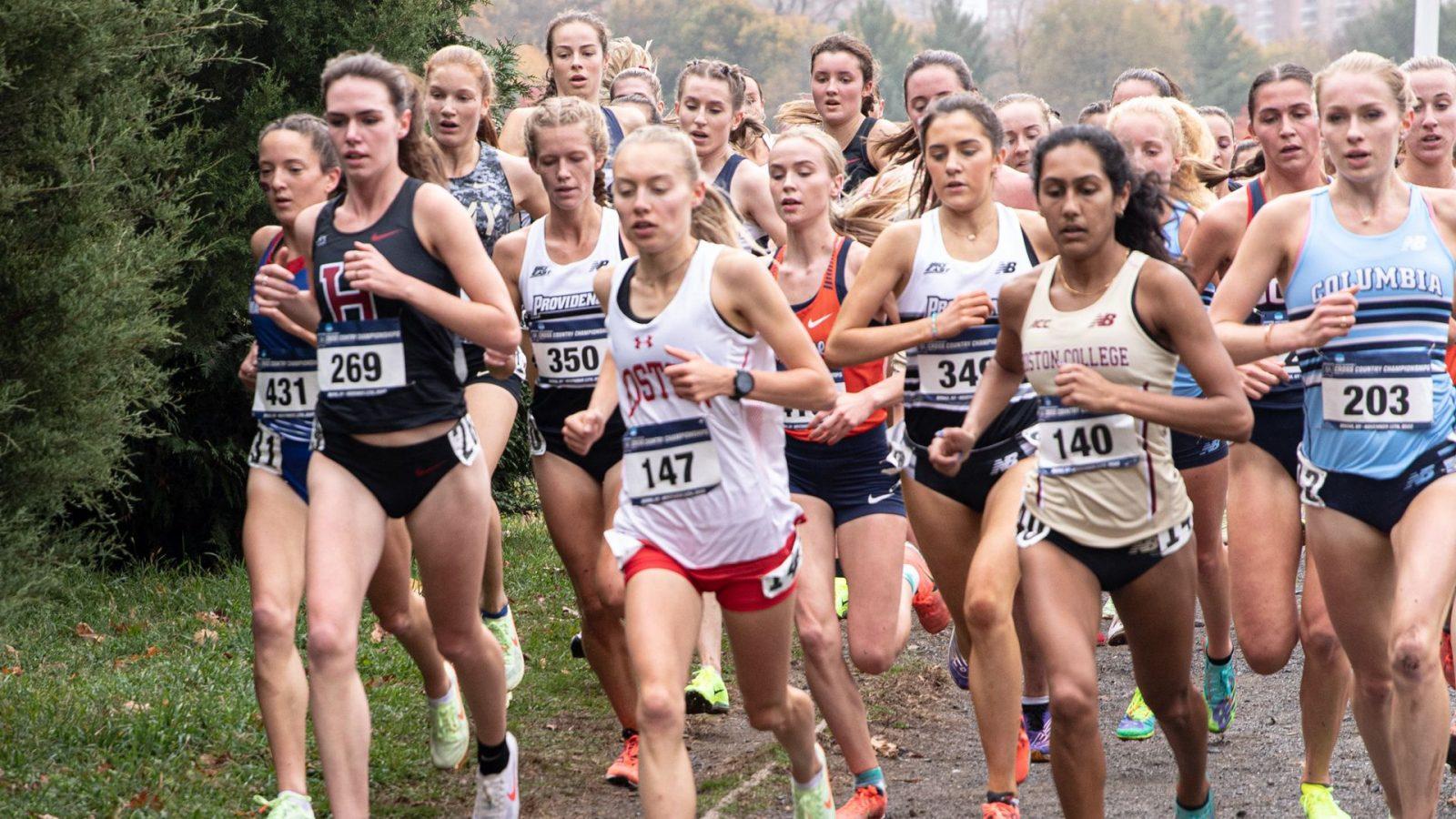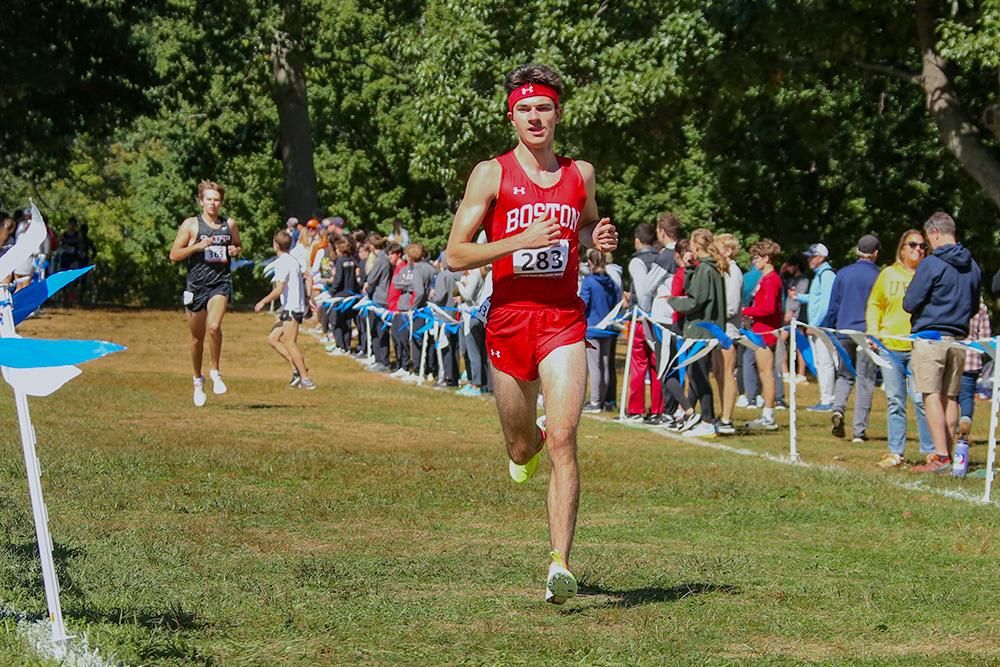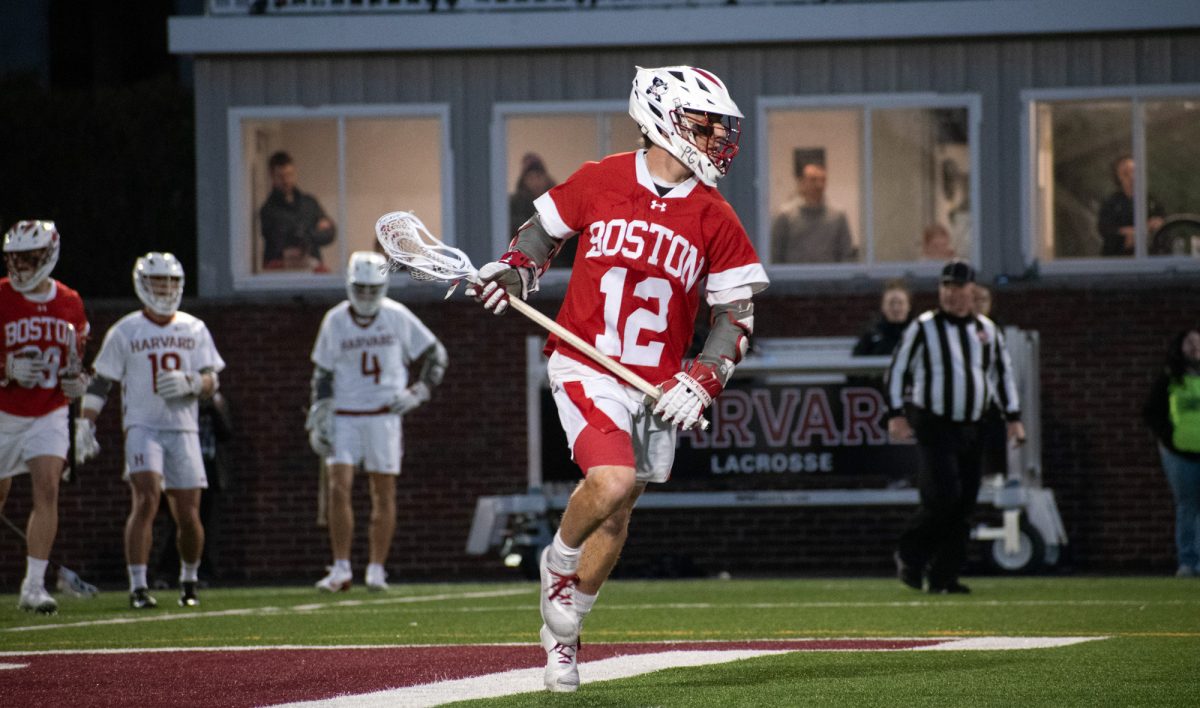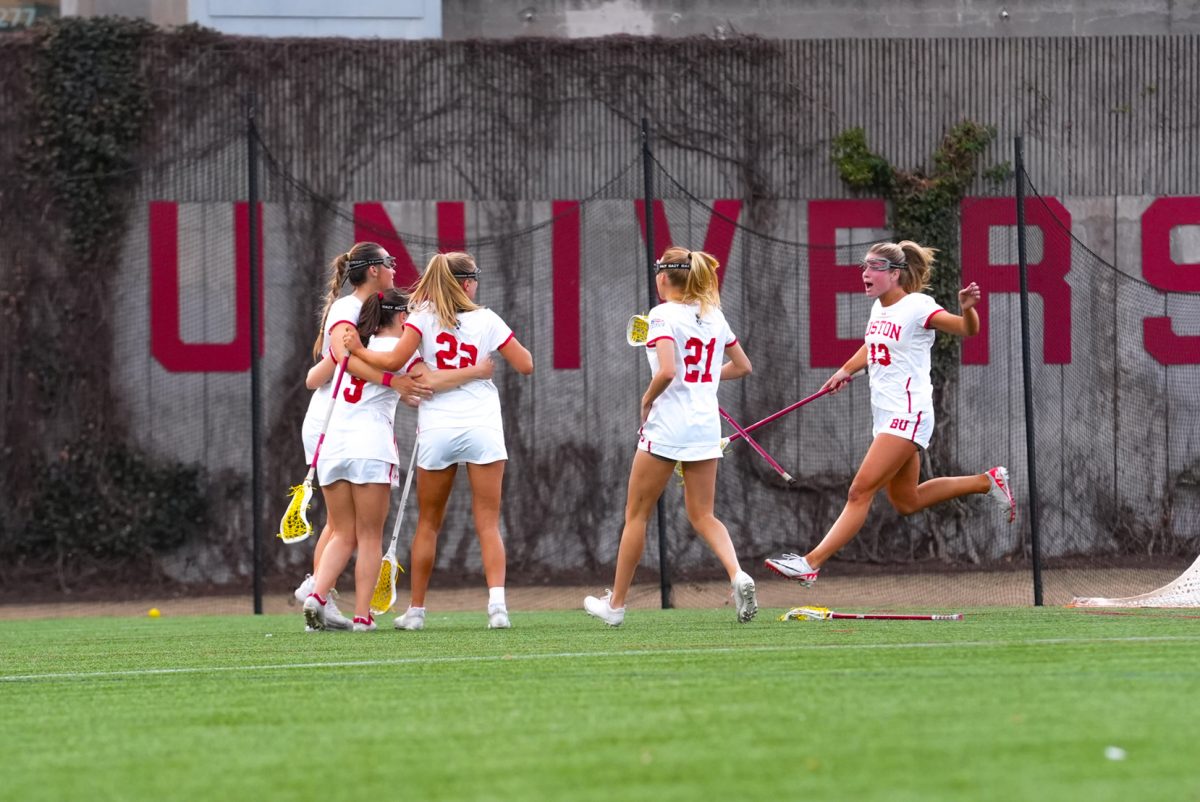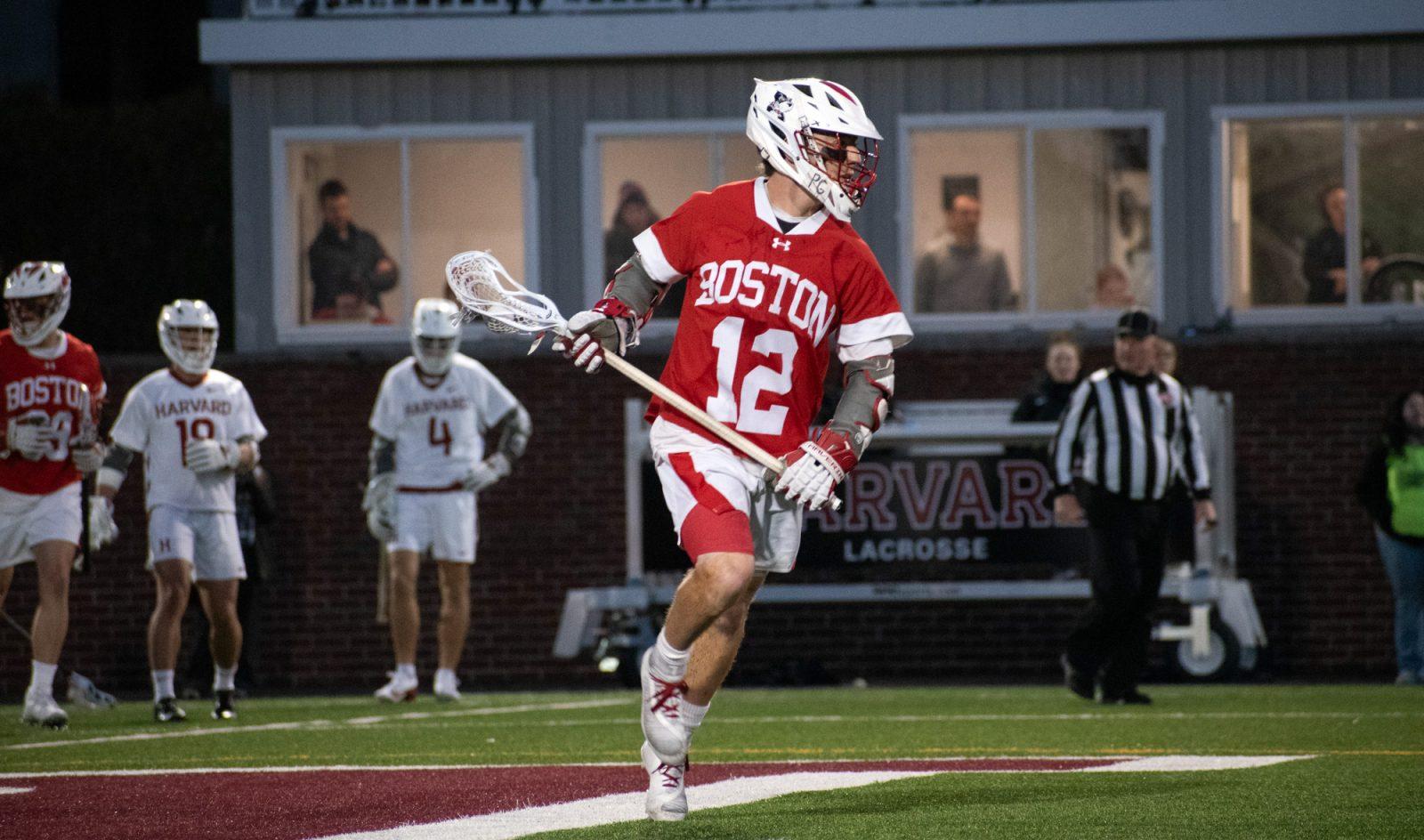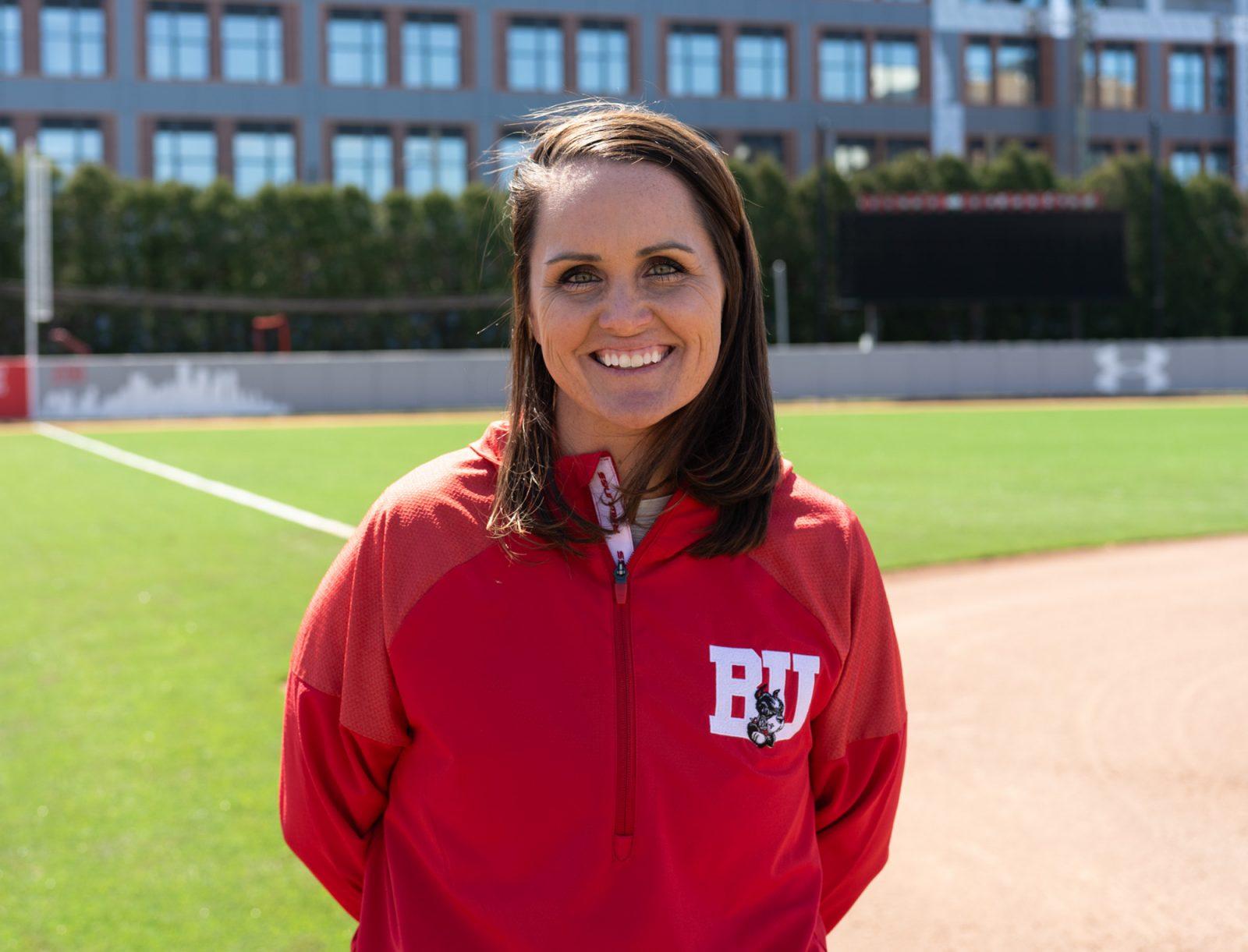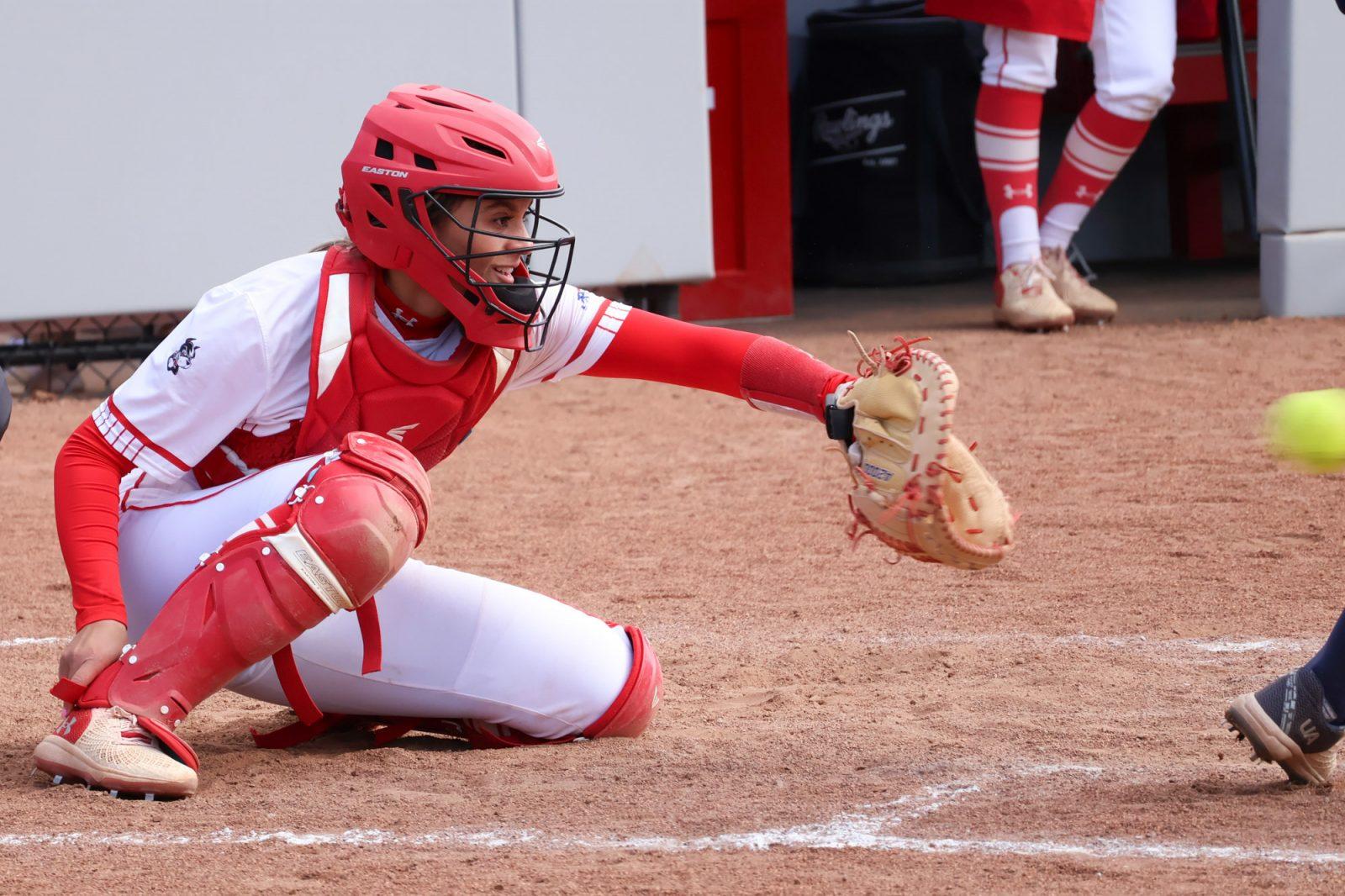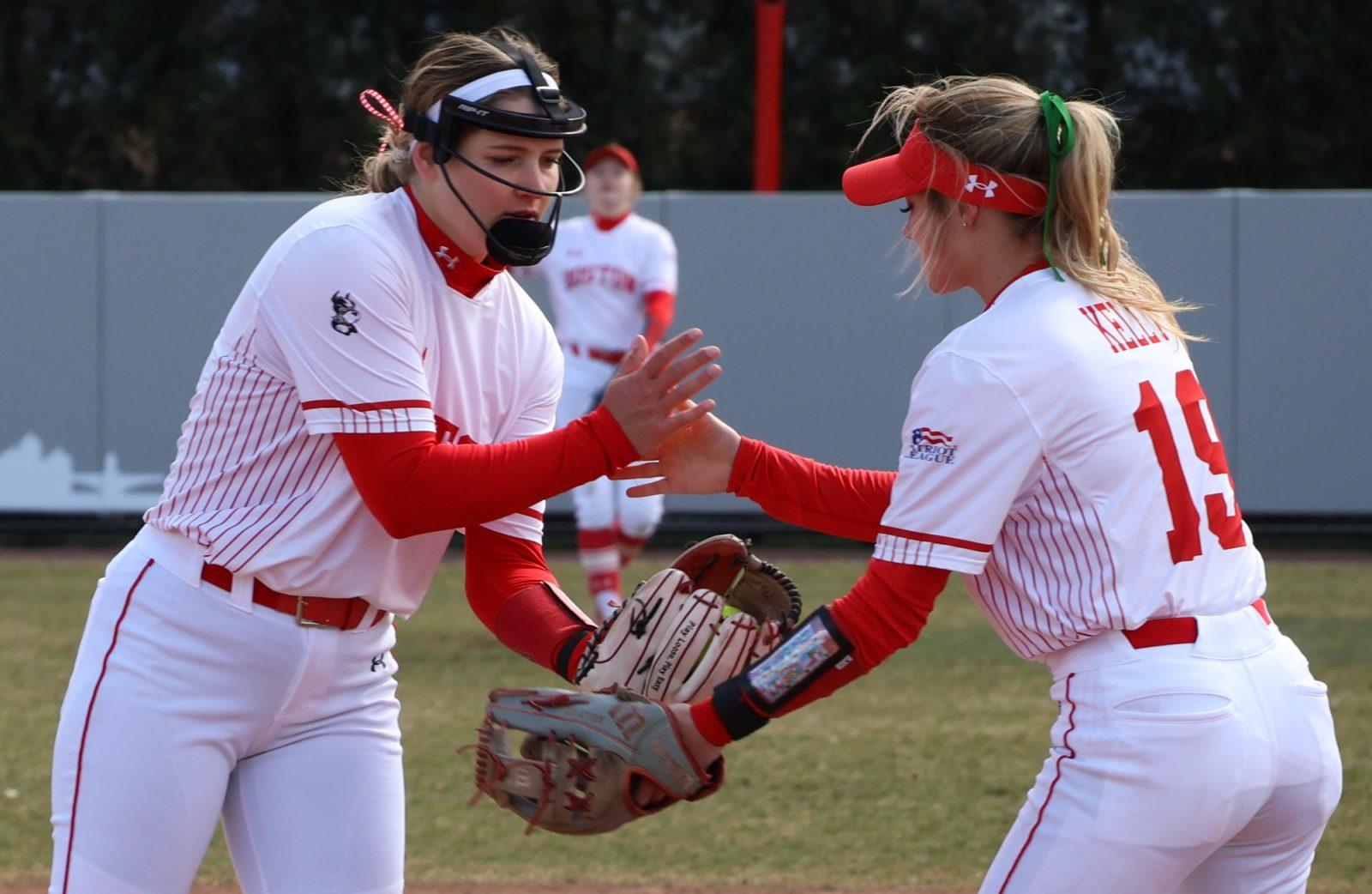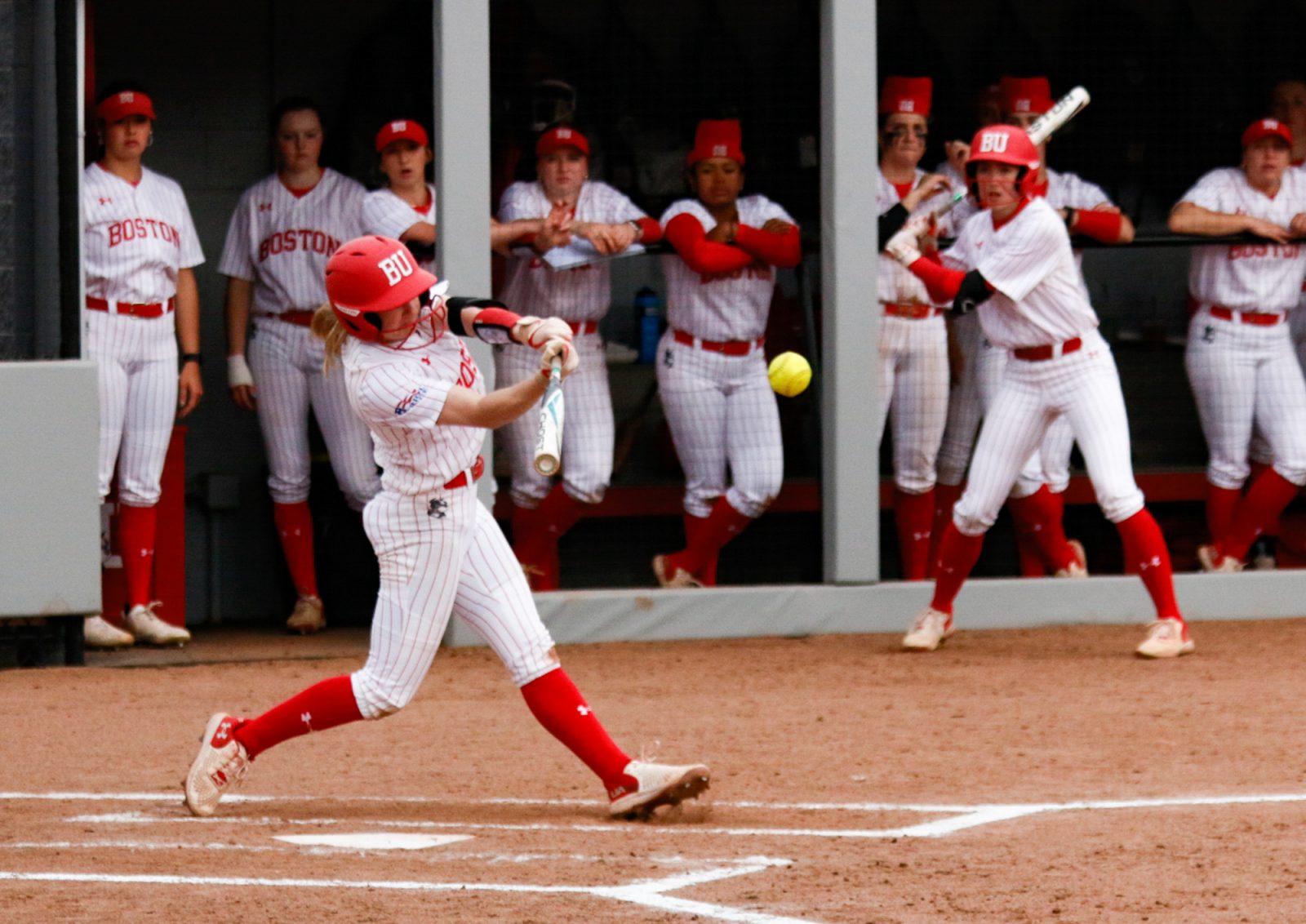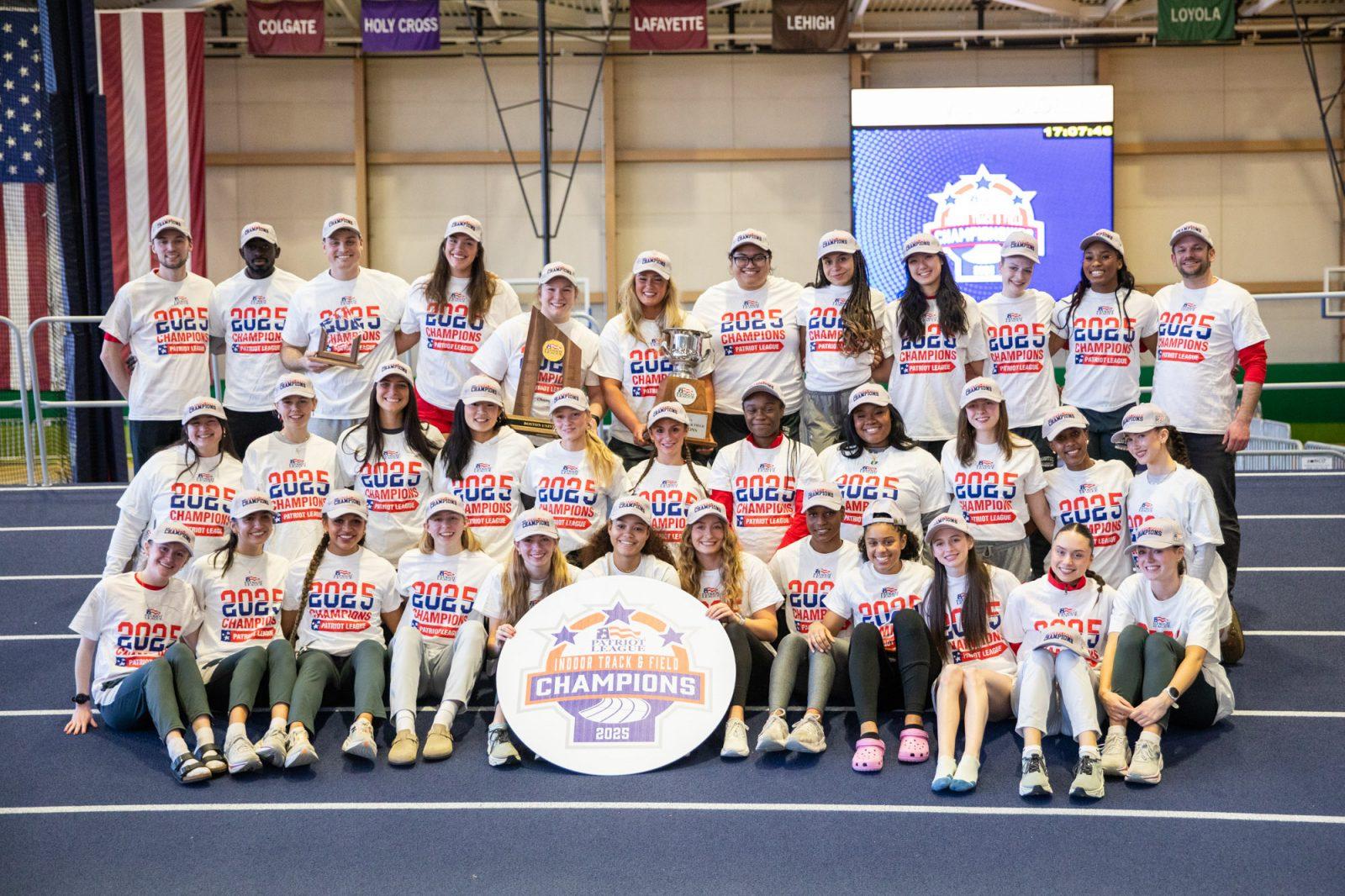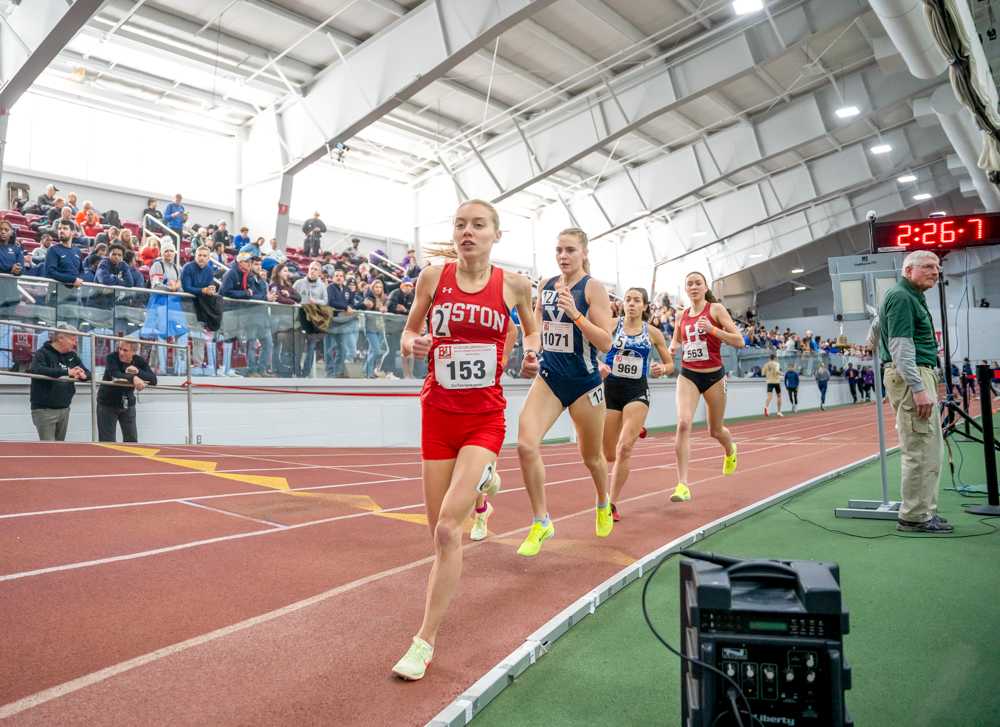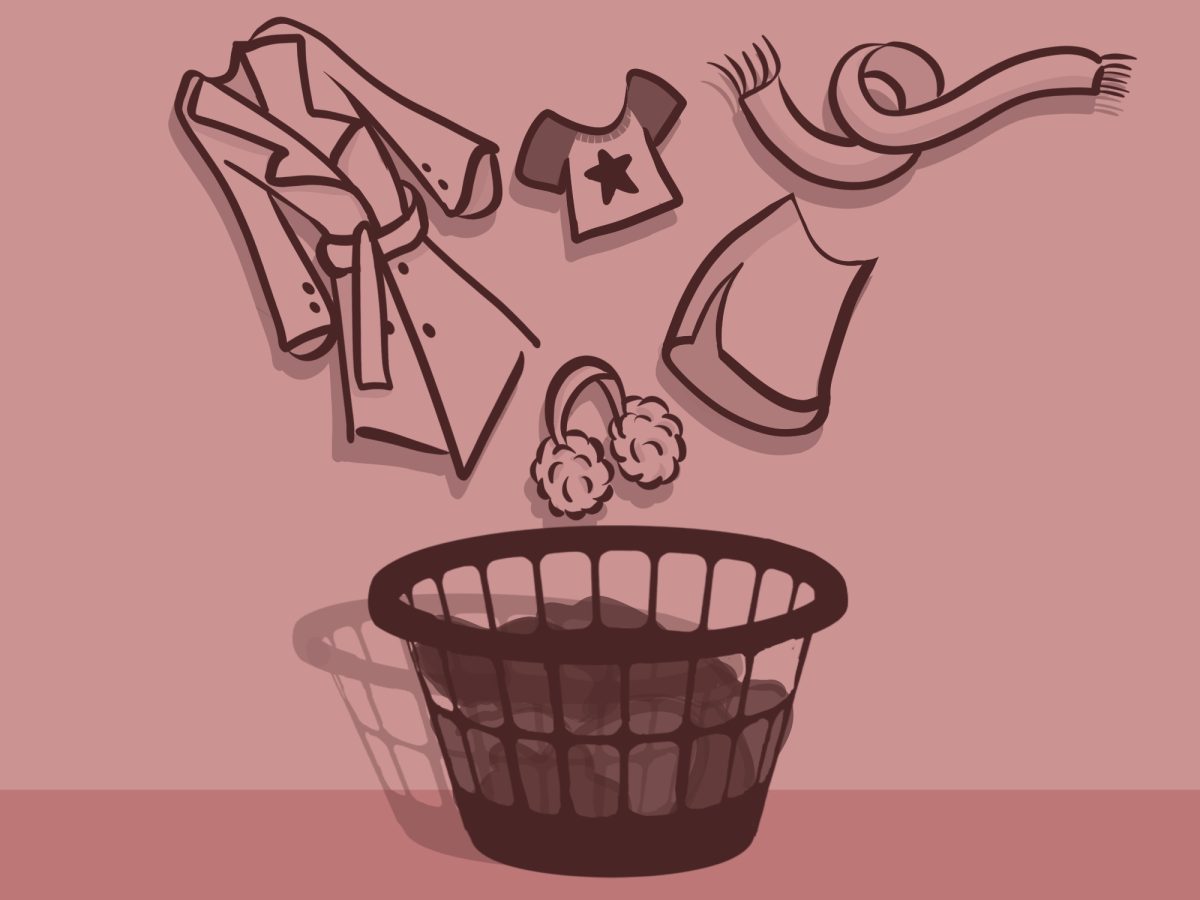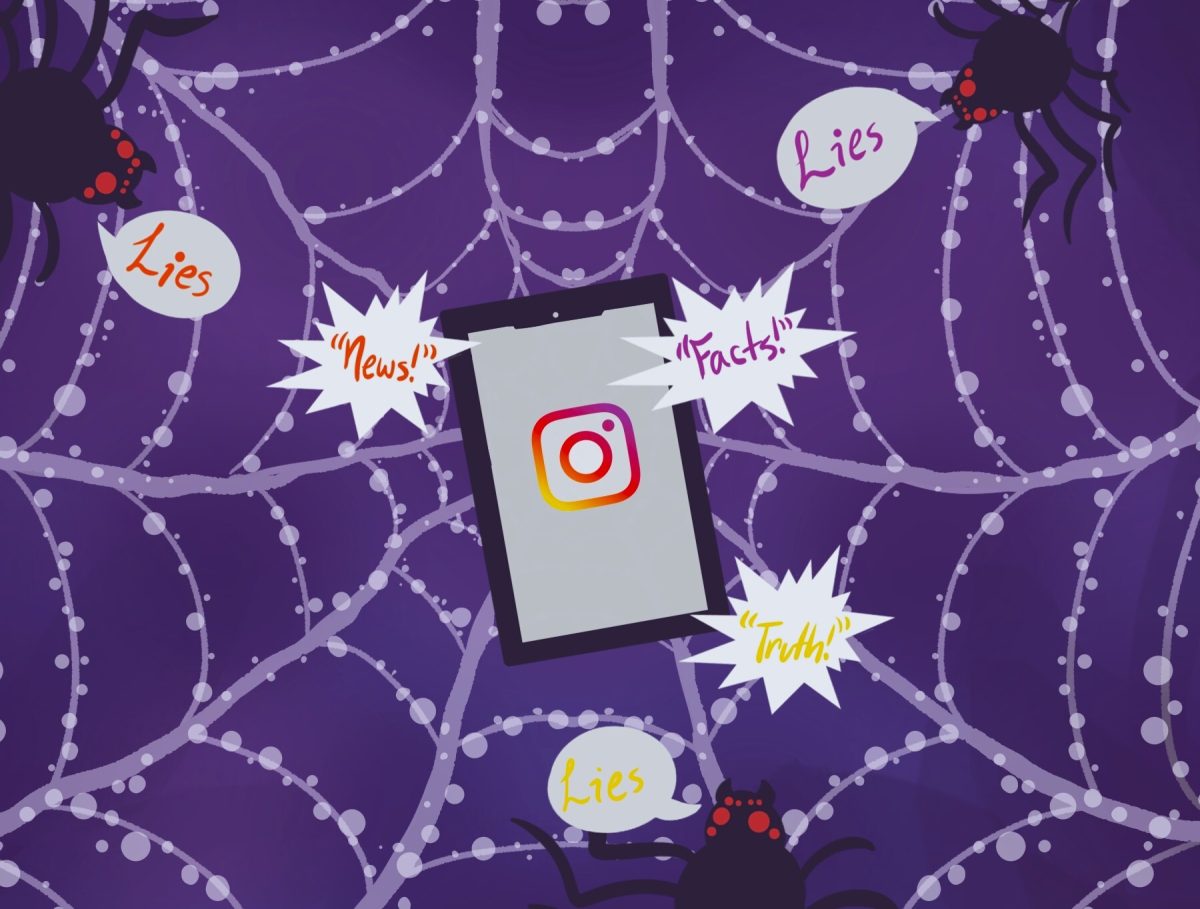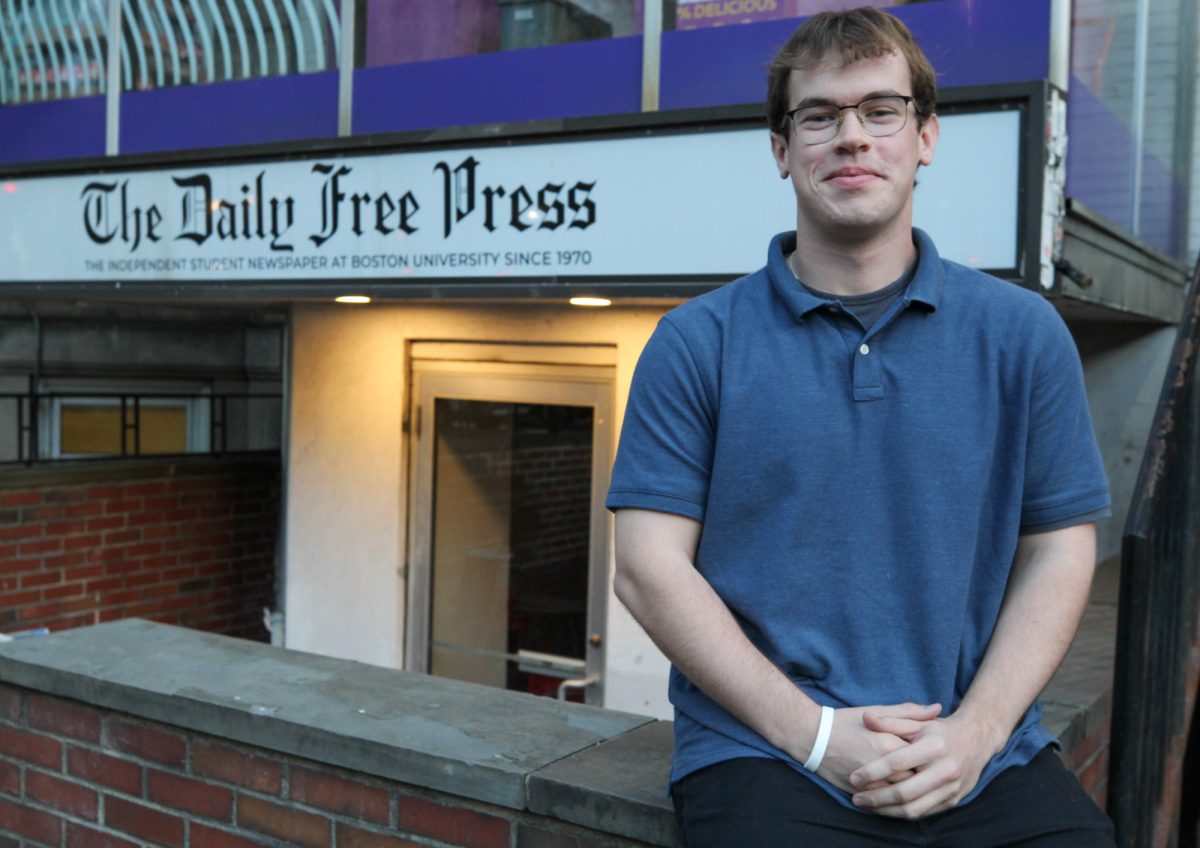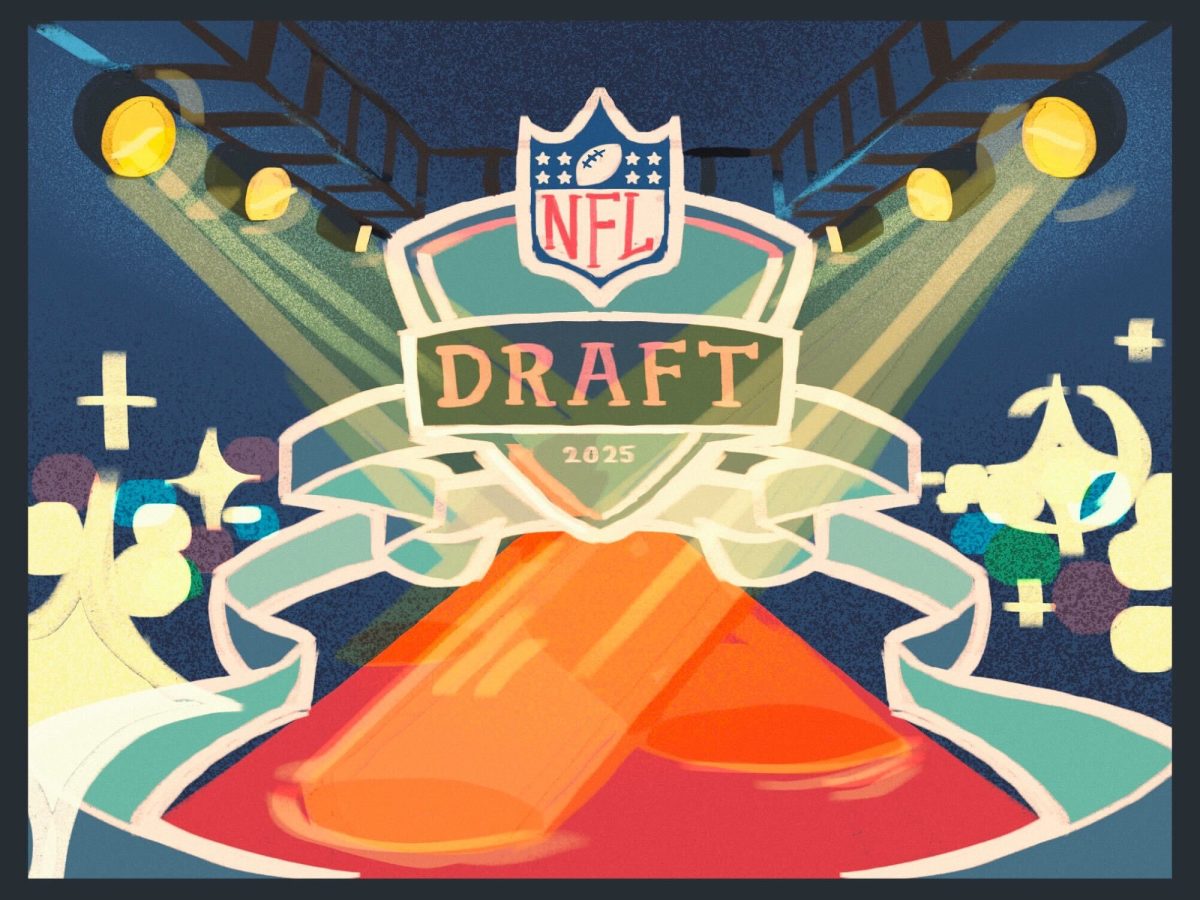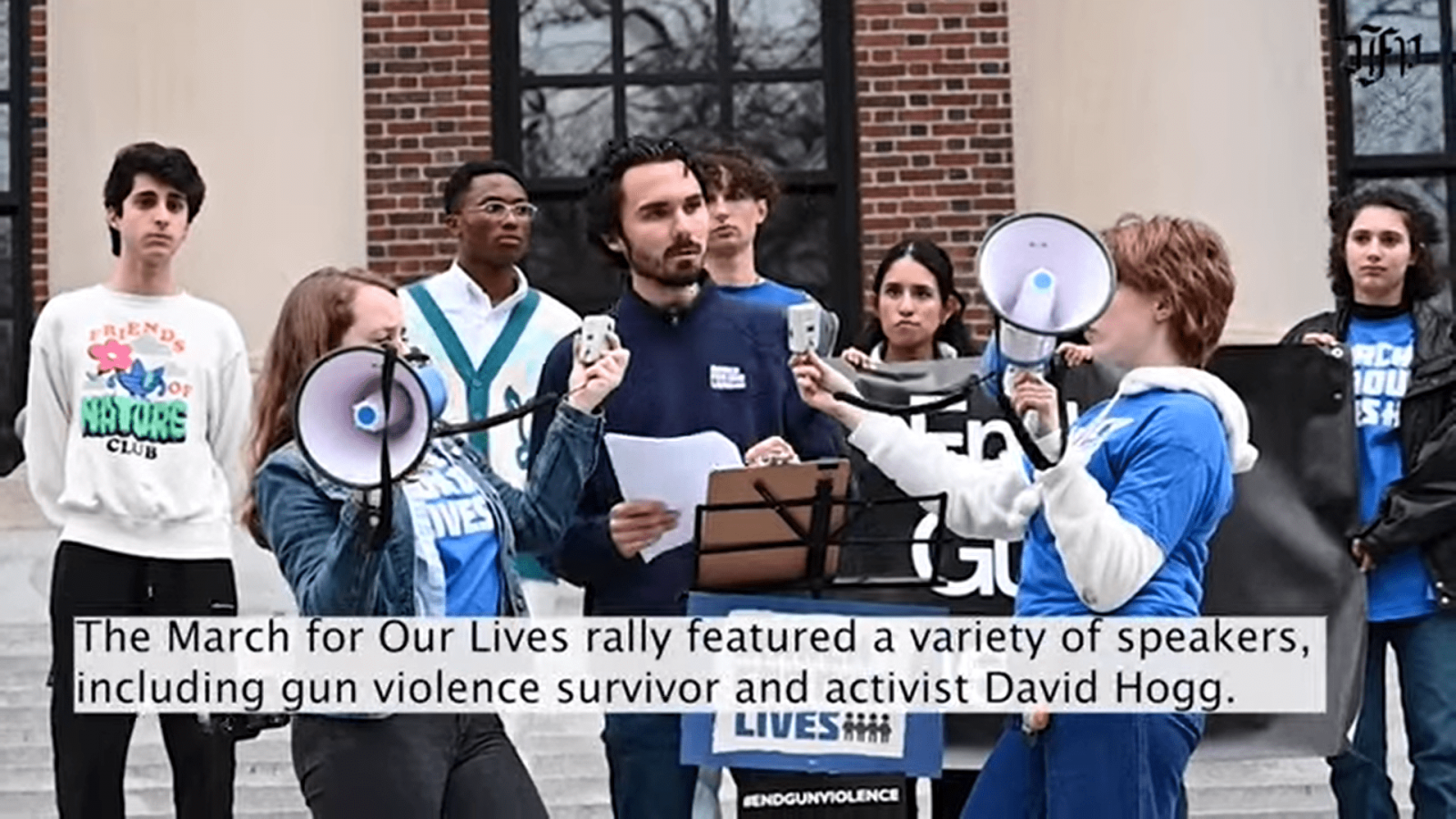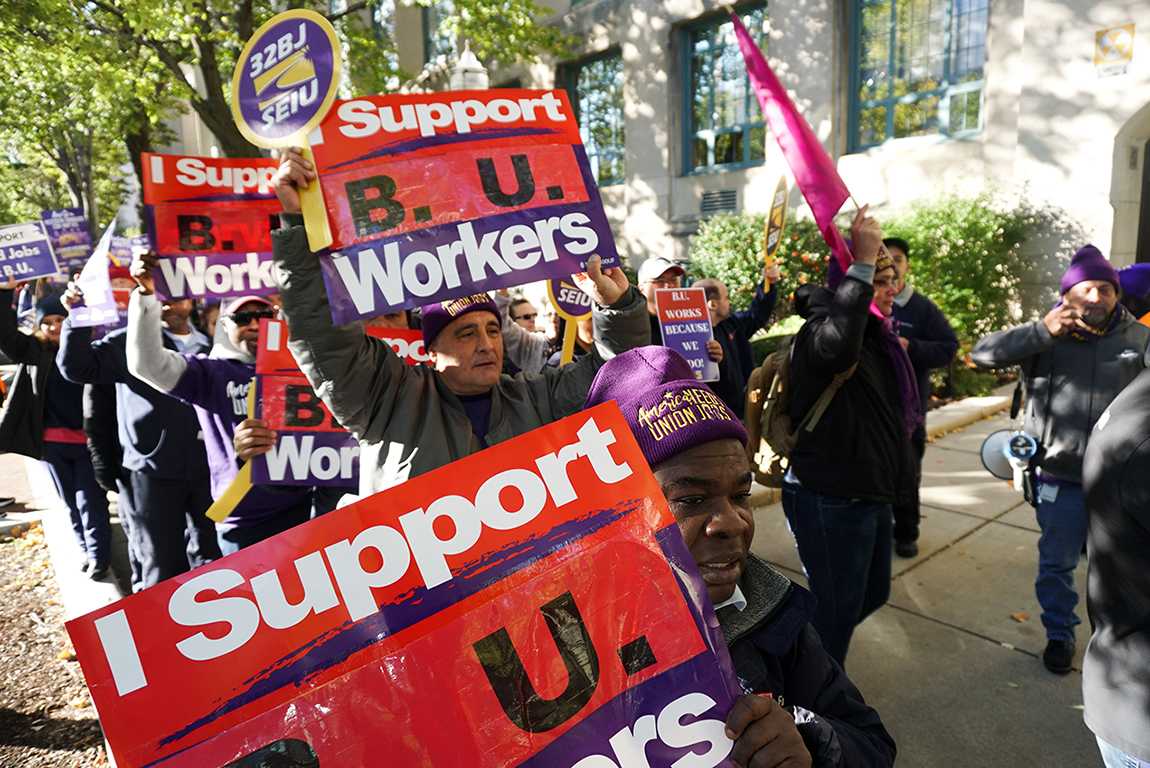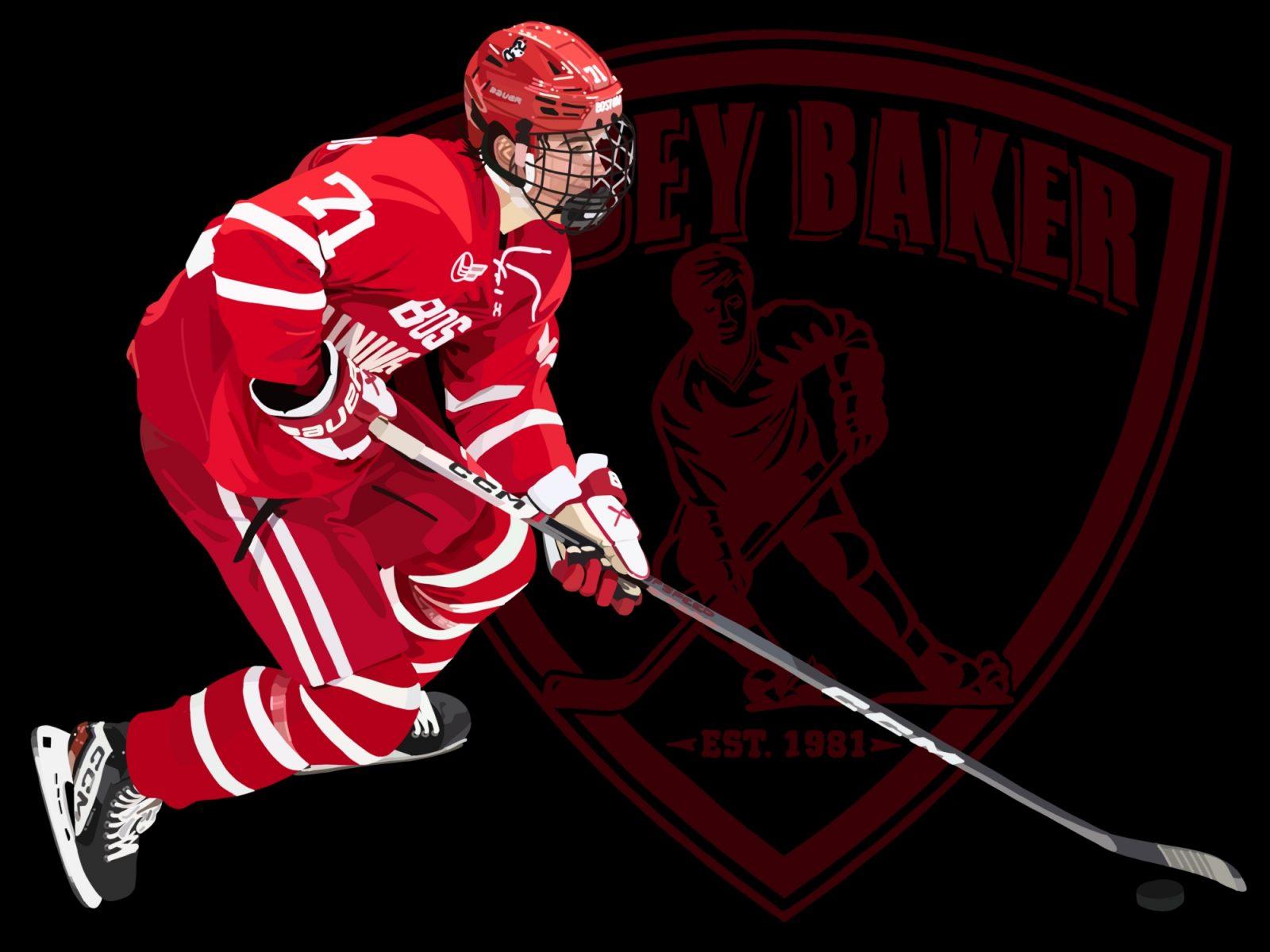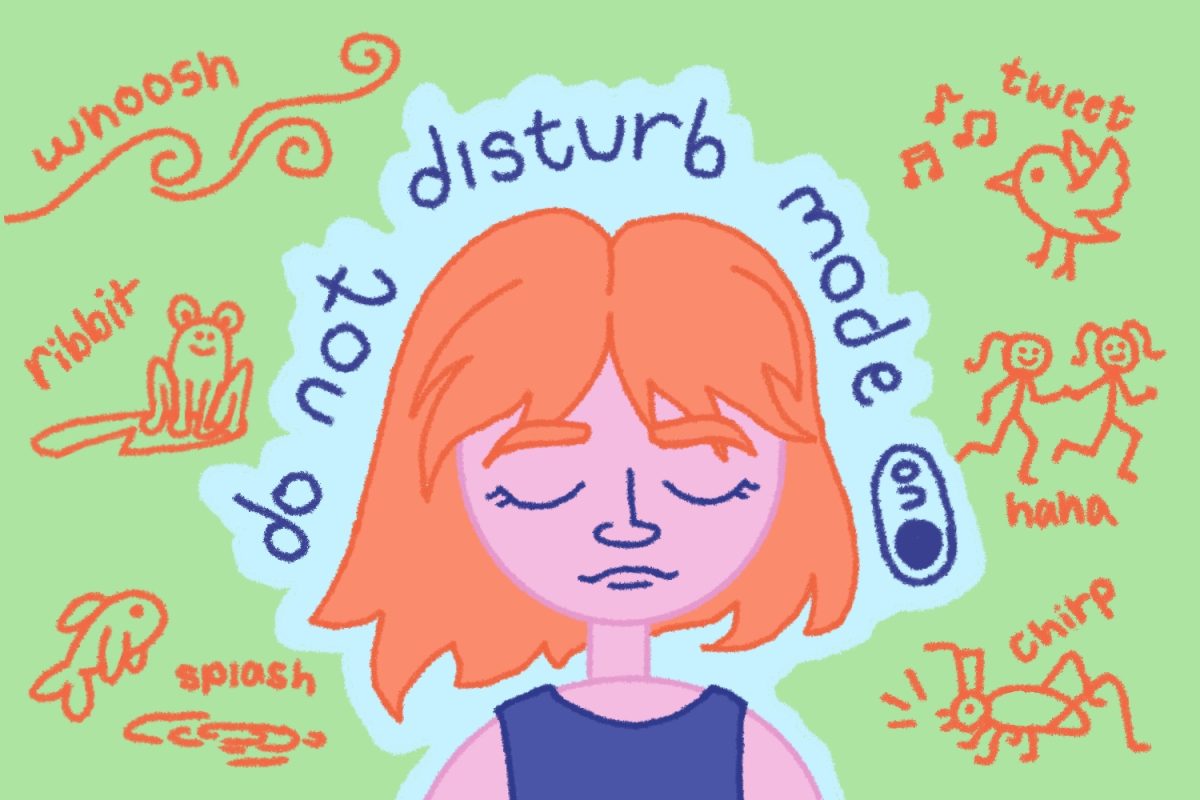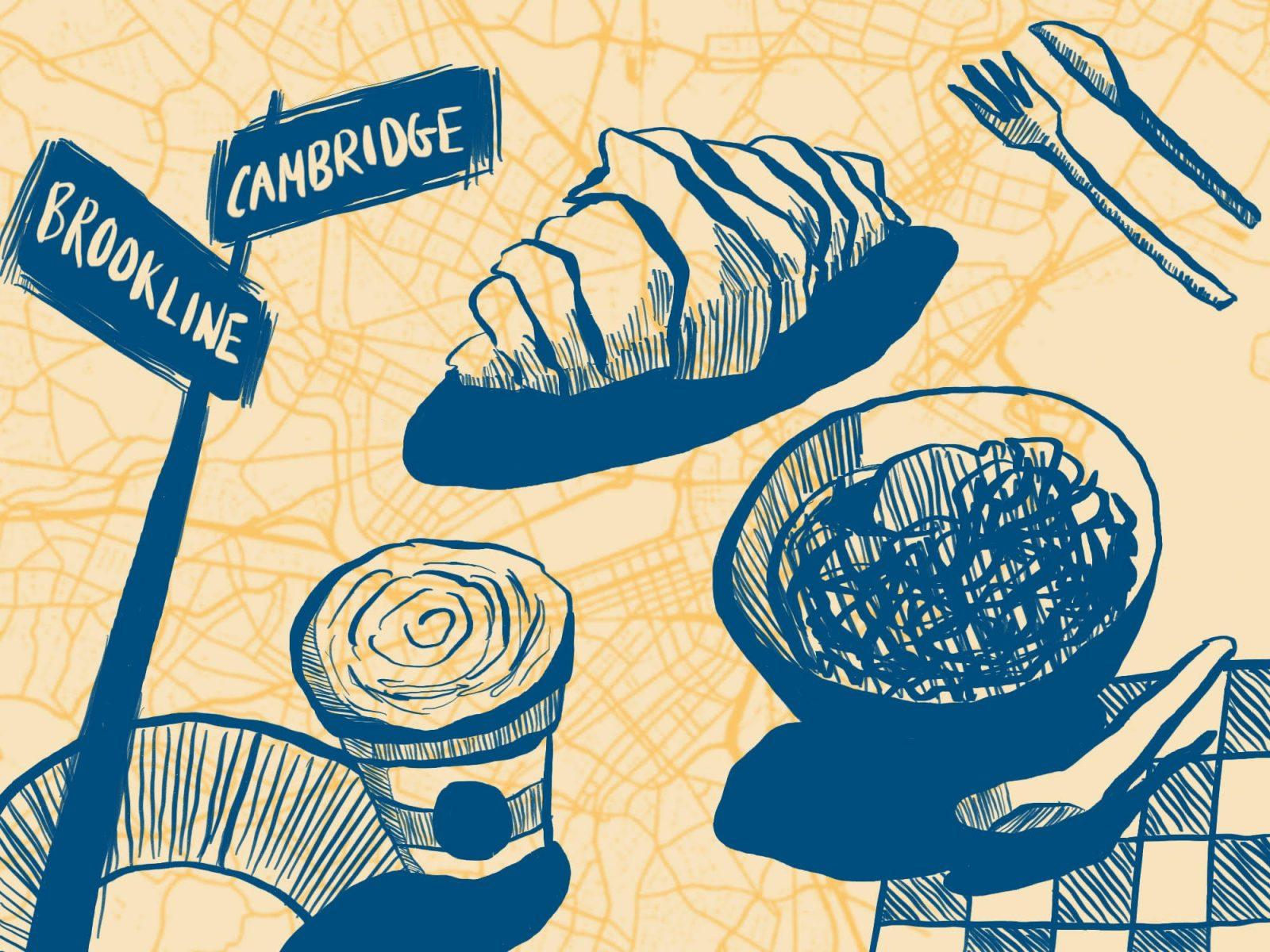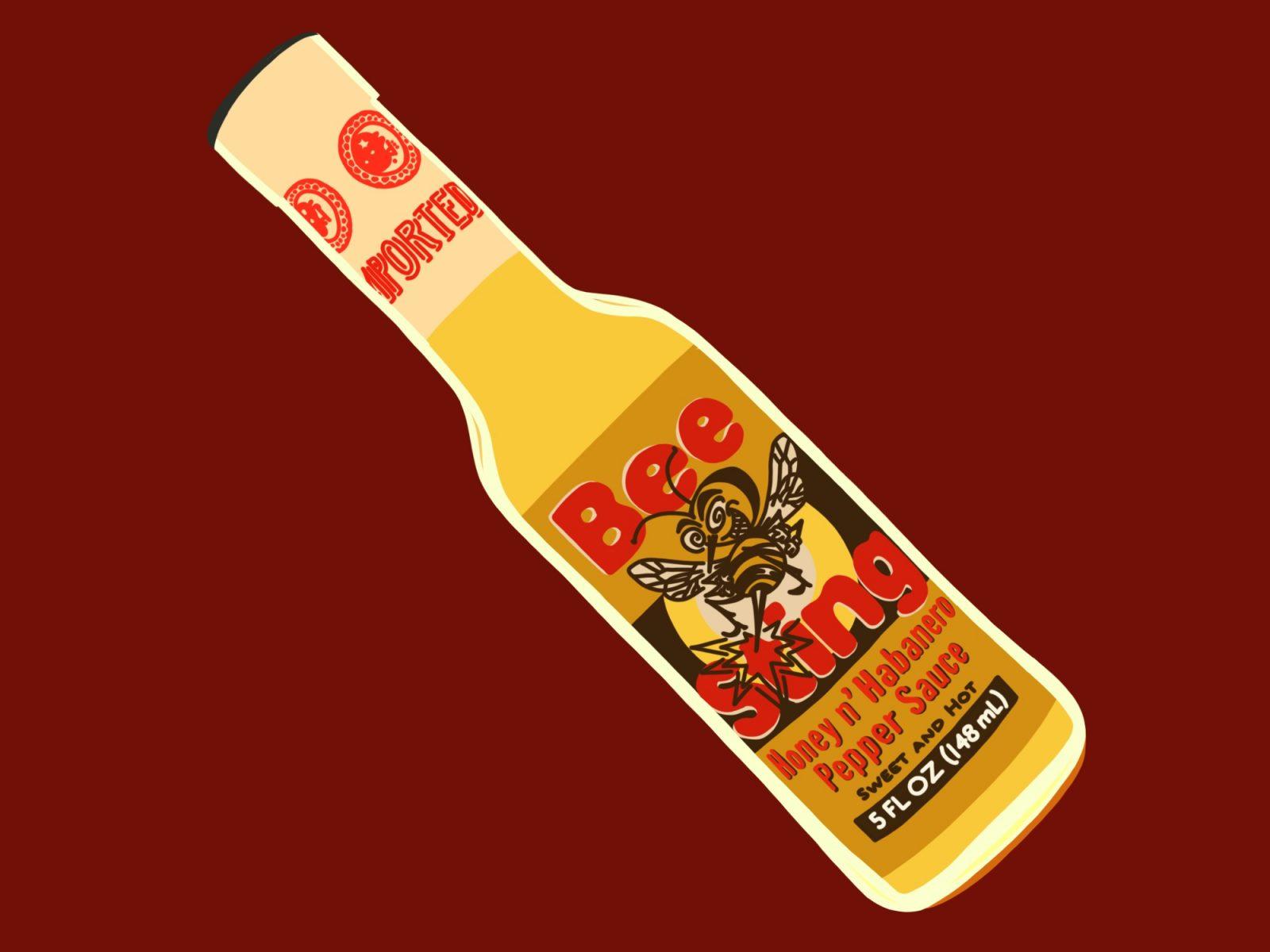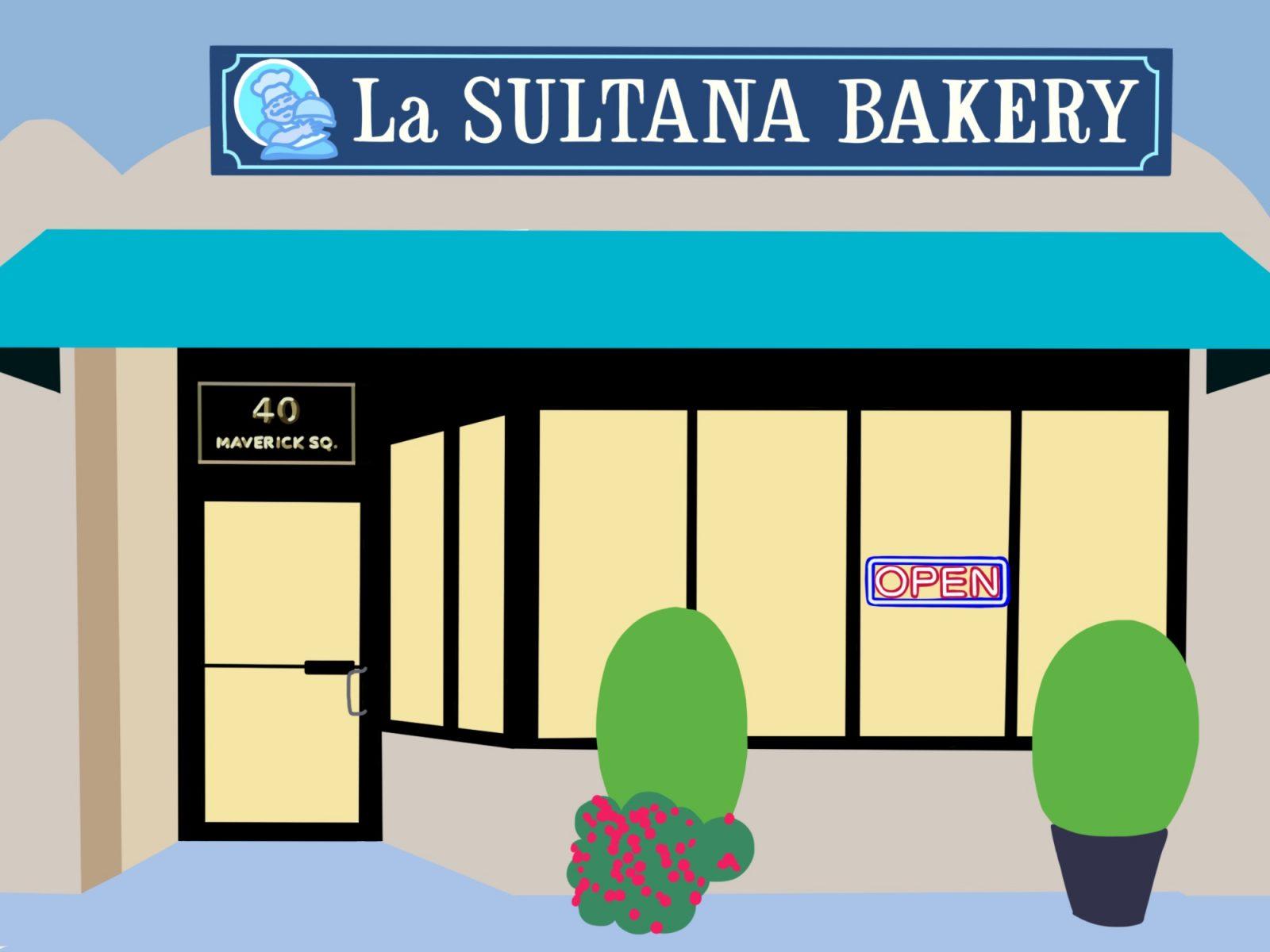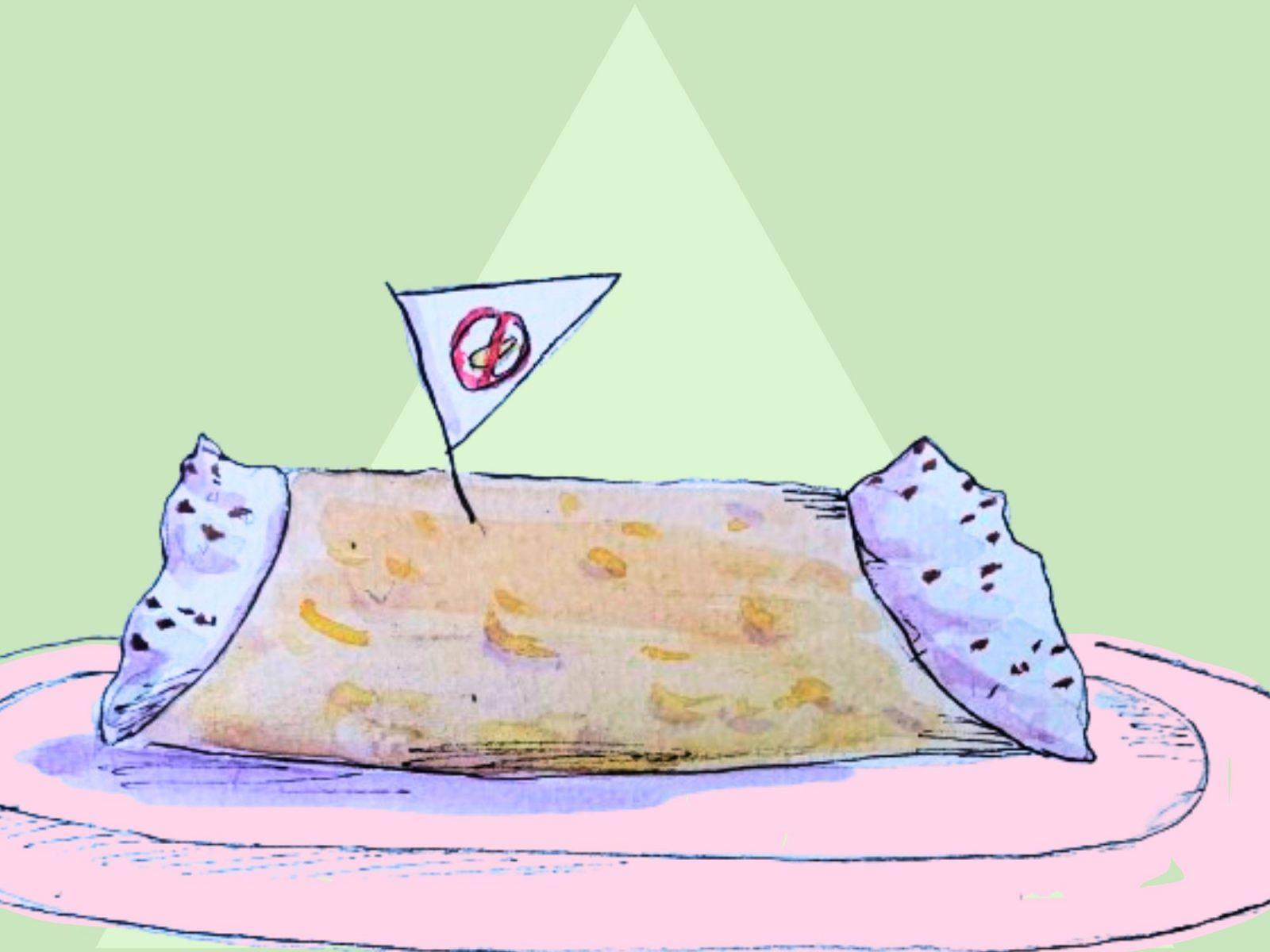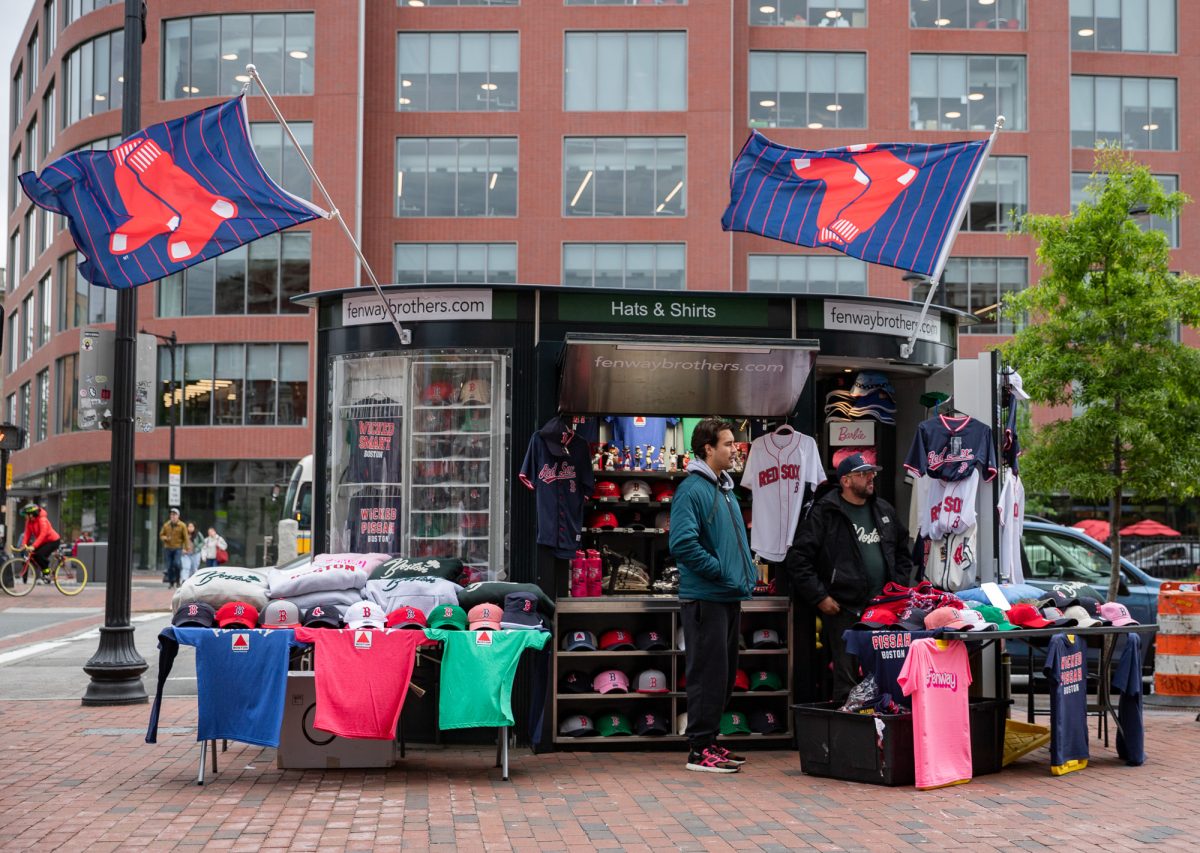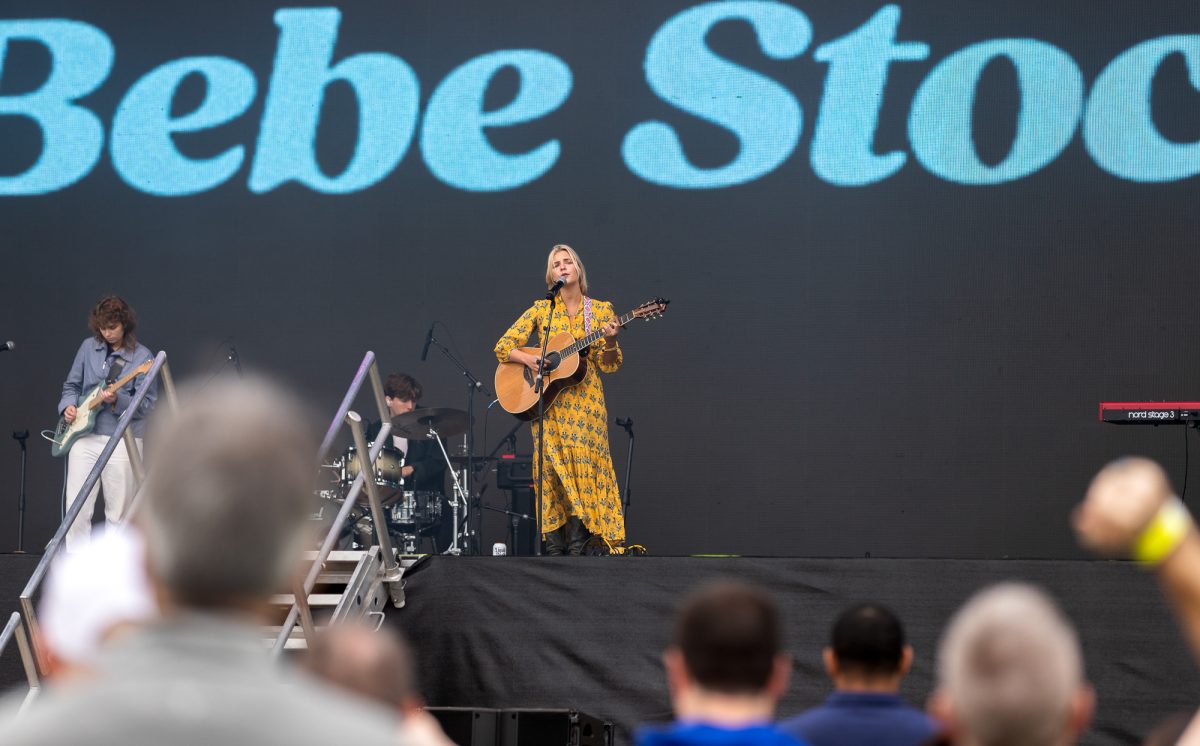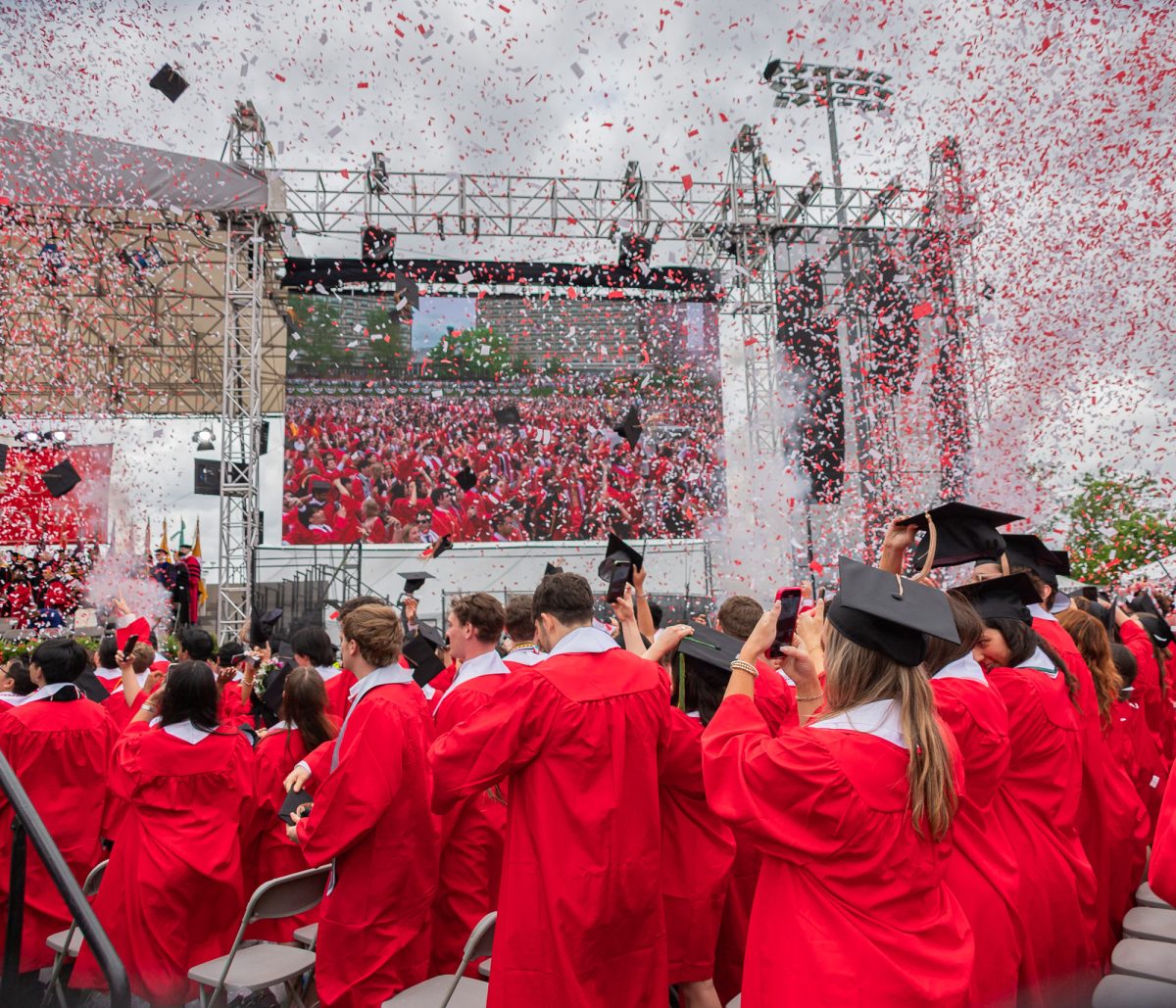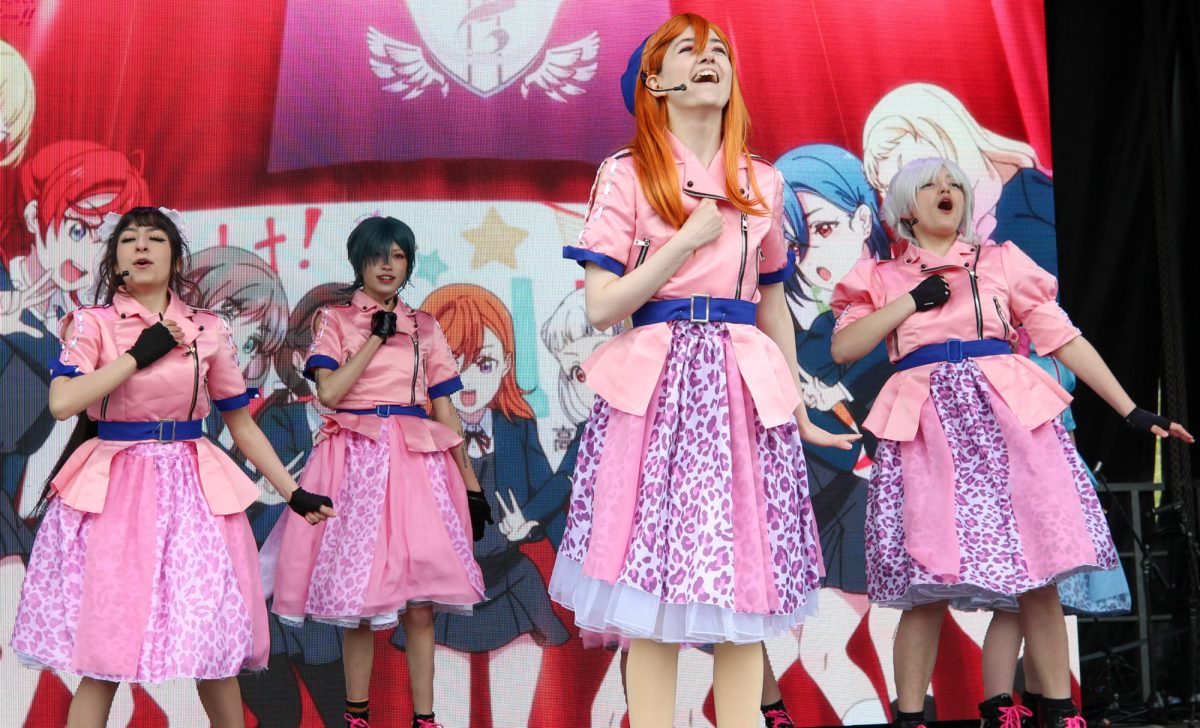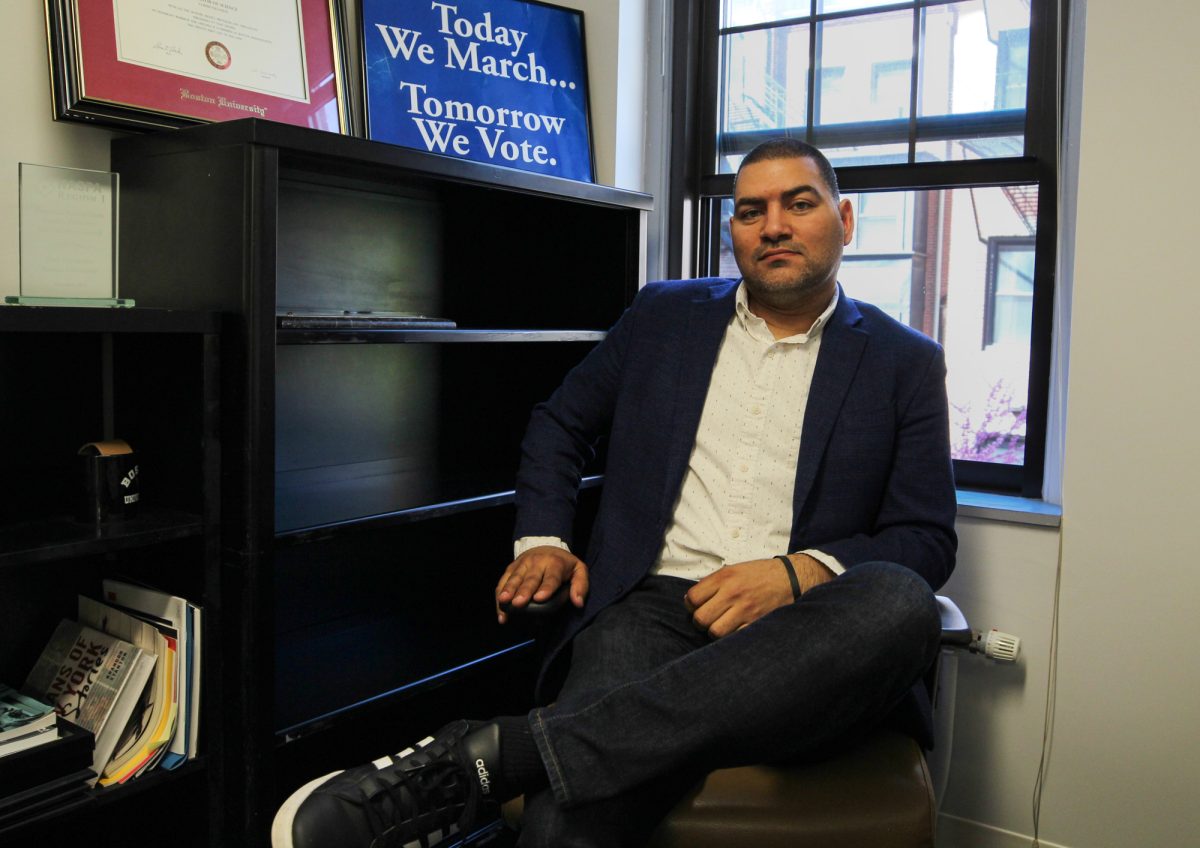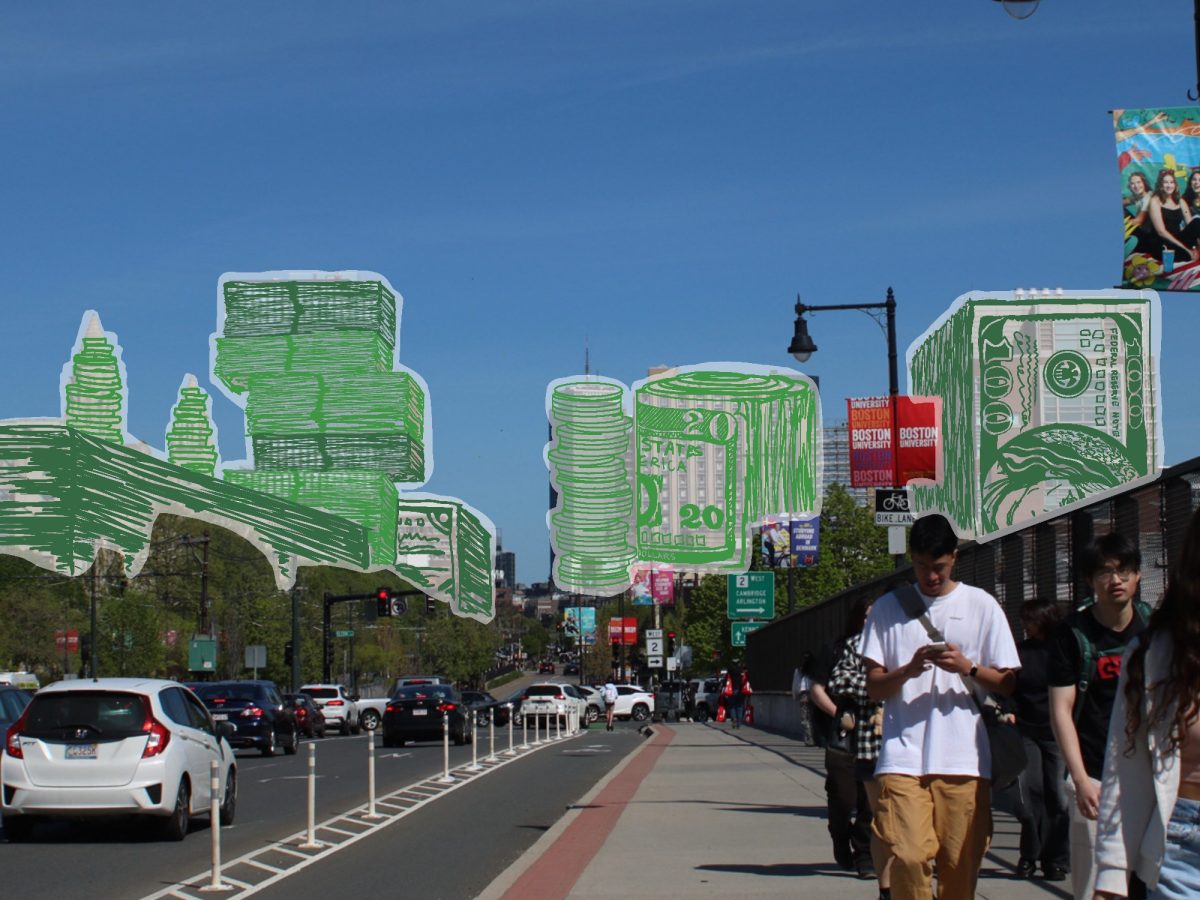It’s a scorching hot day in July, and Mike Walsh is making a killing. It’s the type of day when the air is thin and the baseball flies out of the yard – a perfect day for a ballgame, especially one at Fenway Park.
Walsh is a vendor at the Olde Ballyard. Employed by Aramark and hired by Fenway, Walsh is one of those hollering, isle-dwelling, yellow-shirted vendors who hawk everything from peanuts to crackerjacks and many more snacks that lie outside of the traditional ballpark song.
On this sweltering mid-summer day, Walsh is selling water, or “ice cold water,” as he likes to boast on days like today. He sells 12 loads of it, or about 288 bottles at $4.25 each. And in the seventh inning when he cashes out, he leaves with $182 in commission and $120 in tips for a smooth total of $302.
Not bad for about three hours work.
Rewind a few months to Opening Day in April and things aren’t as bright for Walsh. The sun is gone and so are his customers. Sure, Fenway is packed, but not many fans are leaping at the chance to get their hands on some “ice cold water” on a 40-degree April day. Walsh leaves with a few bucks over the minimum $20.25 he gets just for showing up.
Pretty bad for about three hours work.
But such is the life of a vendor at Fenway. Some days are better than others.
STRATEGY COUNTS
Vendors typically arrive at the ballpark about two hours before game time. On a normal night game, that’s usually at about 5 p.m.
Once at the park, they mill about, watch batting practice and talk about baseball or what’s going in their lives for about a half hour to 45 minutes. Then it’s selection time.
Here’s how selection works:
Seniority determines how early they get to pick. The longer they’ve worked there, the earlier they can choose which product that want to sell that game. But, this isn’t a decision they make on whim. The choice involves a complex strategy that takes into account the weather, the day of the week and the time of the game, among other factors.
“Almost 100 percent of product selection is based on the weather,” said Kyle Baxter, a student at the Massachusetts Institute of Technology entering his fifth year vending at Fenway. “Cold things you can get your hands on, frozen things, water, something that quenches thirst are good for hot days. On days that are cooler, probably dry food is best.”
Walsh, now going on his fourth year as a vendor, agreed. He said he likes to sell water or Italian ice on warm days and shoots for hot chocolate or hot dogs on cold ones.
“No one’s gonna buy ice cream on a 30-degree night in April,” Walsh said.
Both Walsh and Baxter agreed that, in general, warm days are better.
“We want it to be as hot as possible,” Walsh said. “When it’s really hot, everything sells. Cold products [sell] because of the heat and people are hungry and are going to eat the regular food too.”
“Hot dogs and peanuts sell, period,” Baxter said. “Cold products do well [only in the warm weather]. The warmer it is, the better everyone does, so that’s good.”
Because it’s usually warmer when the sun is beating down on the ballpark during a day game, most vendors prefer to work an afternoon matinee than an evening affair. But the heat isn’t the only reason why day games have the vendors seeing green.
“More little kids come [to day games],” said second-year seller Mike Coughlin, “and they’re more prone to spending their parents’ money.”
Even the day of the week plays a role into what product might sell more.
“If it’s a Sunday day game, you assume there is gonna be a lot of kids, so you might want popcorn or cotton candy,” Walsh said. “Unless there are kids, no one really wants [cotton candy].”
Once they finally pick a product, the next step is finding the ideal location. Technically, there are supervisors who are supposed to assign each vendor a designated area to sell, but Walsh and Baxter said they basically pick for themselves.
Walsh said on a sunny day, he finds the area of the park where the sun is shining brightest, and then sells water or a Coke product to the sun-abused spectators. Baxter said he prefers to work the home plate section because the tips are generally better. He added that it’s more likely to earn more dealing with season ticket holders because they’re primed to spend the money.
MAKING CENTS
The way a vendor makes money can be broken down into two categories. First, there’s commission. Each seller has a commission percentage, which starts at 14 percent. Afer each game their commissions are tallied and added to their season total. When the total hits a certain threshold, specific to each vendor by hiring date, their percentage earned increases. The higher the percentage, the more percent made per sale.
The second way a vendor earns money is by tips. Because taxes aren’t taken out on gratuities, most vendors favor water, Coke (both $4.25) and other products that are “change products” and would seem to guarantee a return of at least a couple of quarters.
“Any product with coin value, people are more willing to tell you to keep the change,” Walsh said.
“I always look for something with change value on it,” Coughlin said. “So if something’s $4.25 you can almost bank on keeping the change.”
For the most part, though, tips and commission go hand in hand. Frankly, it’s hard to get tips if the product doesn’t sell.
“Generally one leads to another,” Baxter said. “The higher commission percentage of the product, it generally sells more, so you get more tips.”
Coughlin said he likes to sell pretzels and popcorn – pretzels for the tips, popcorn for the commission – but made it clear if there’s one thing he can’t stand to sell, it’s polish sausages.
“You have to carry this giant bin full of sausages all day and at the end of the day it’s not too pleasant to smell like them,” Coughlin said.
Walsh said peanuts were his favorite product to hawk on game days. But his reasoning wasn’t financial.
“It’s fun to turn around and throw them,” he said. “I got pinpoint accuracy.”
While Baxter was brutally honest in what determines his favorite products, (“I kind of just go with what I think is gonna make the most money,” he said) he said that outside of selling Coke – his “staple” – he also enjoys vending peanuts.
“I don’t really have a favorite product,” he said. “But I hate selling ice cream. I’ve just never had a good ice cream day. I know people who are phenomenal at it. It’s just never worked out for me.”
THE PRICE IS WRONG
While the pay is good, the workplace is legendary and you get to take in a ballclub that’s one of the toughest tickets in sports, not all is cheery for a vendor. After all, have you seen the prices at Fenway?
“You get used to it after a while,” Walsh said of dealing with fans’ complaints of the sky-high prices that reside at the most expensive place to attend a baseball game in America.
“The worst is in the bleachers. You got a lot of college kids, a lot of people in their mid-20s, people drinking. They’re more apt to give their honest opinion when you’re selling soda for over four dollars.”
Coughlin said each vendor has his own way of responding to fan compliments.
“I just kind joke about it,” he said. “They all understand coming to Fenway, one of the most expensive parks in the world, they’re going to spend money. But they’re going to complain anyways. I just try and keep it light-hearted, keep a good attitude.”
“They ask the same questions every time,” Baxter said of the fans. “[Like] ‘$4.25 for a Coke, how do you sleep at night?’ “I normally tell them, “Hey, you’re not paying me, you’re paying Manny Ramirez.”
And while the repeated gripes and grumblings of the fans can certainly get old, it doesn’t seem to bother these guys that much. Neither Walsh nor Coughlin could name a single thing they didn’t like about working at Fenway. Not one.
“It doesn’t really feel like a job,” Coughlin said. “It’s a lot of fun, just go to every single Red Sox game. It doesn’t really seem like a job to me anymore. I really can’t think of anything I don’t like about it.”
“I’ve had jobs that you just dread going to,” Walsh said, “and this isn’t like that. And it’s good money.”
But neither could match Baxter’s enthusiasm and excitement.
“I go to MIT, and nobody there cares about anything but their school work,” Baxter said. “The conversations usually consist of, ‘How was that test’ and things like that.
I love baseball. I’ve always loved baseball. So when I get to go back to Fenway, I don’t have to be the MIT guy, the smart guy, I get to talk to people about baseball, people who know about it as much as I do.
“Being a Sox fan, going to Fenway Park is magic,” he continued. “I must have been there over 200 times. And every time is like the first time.”

